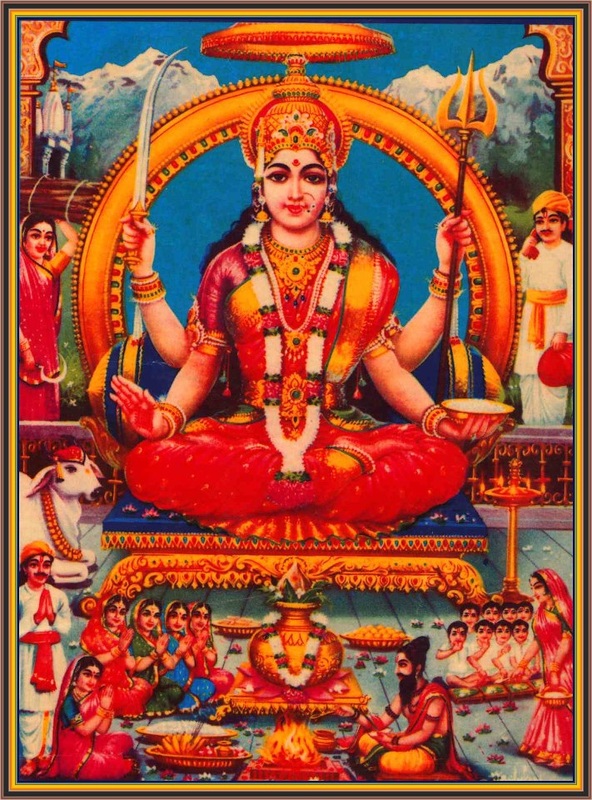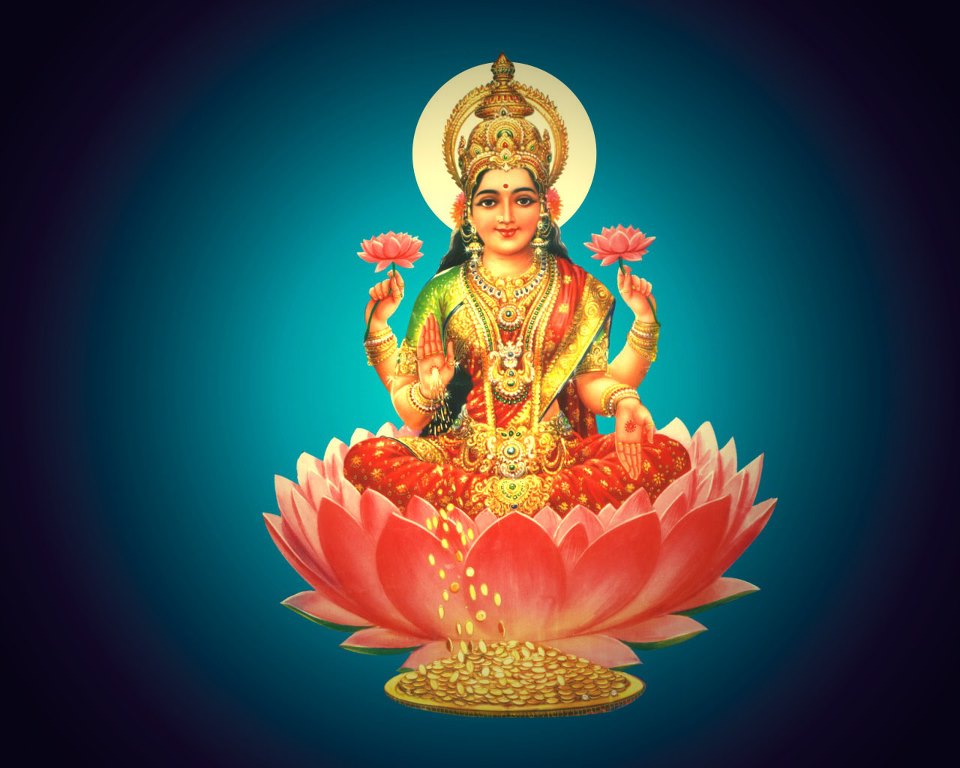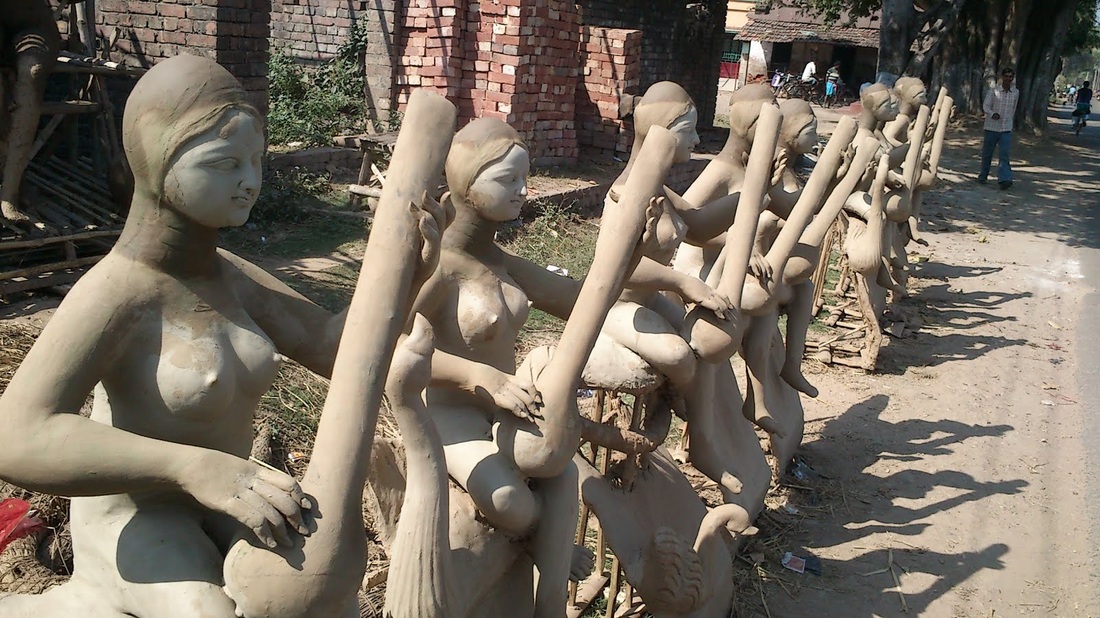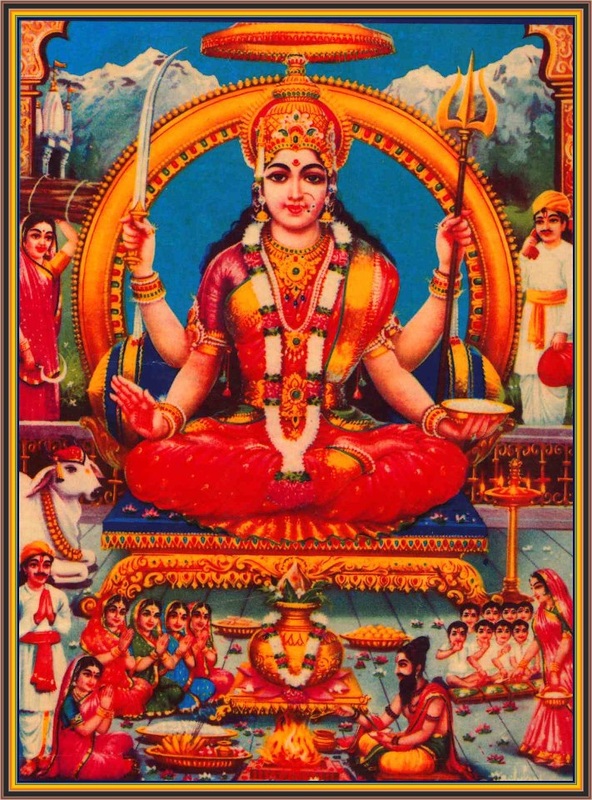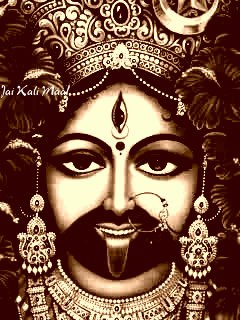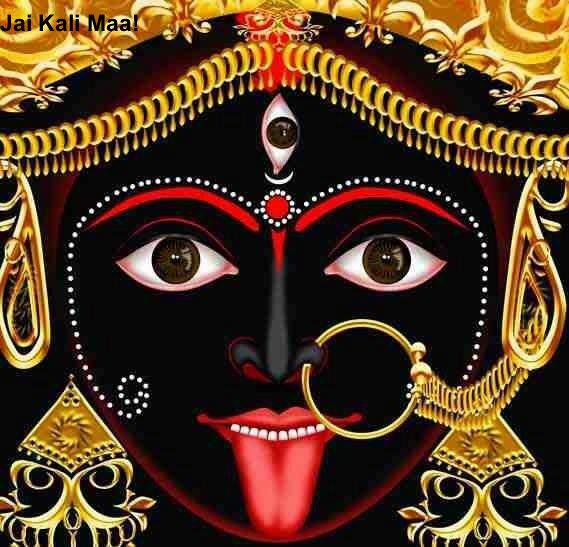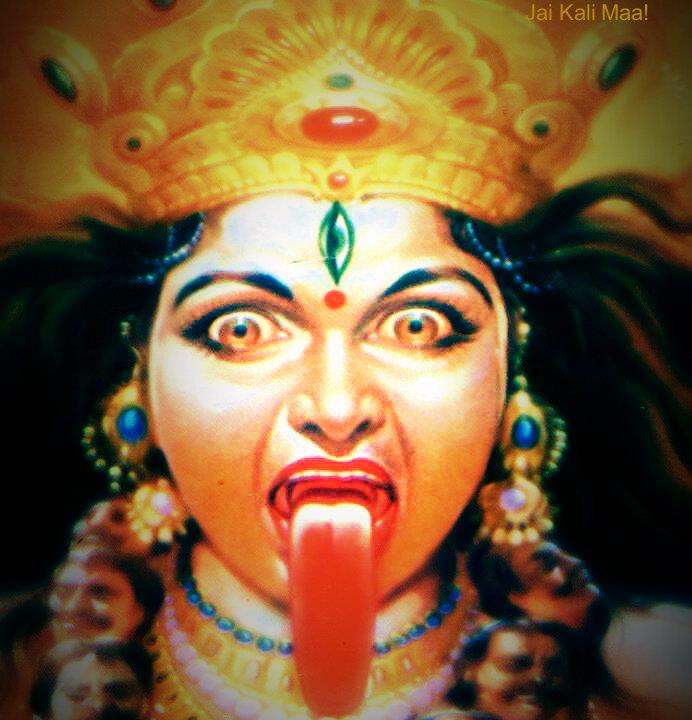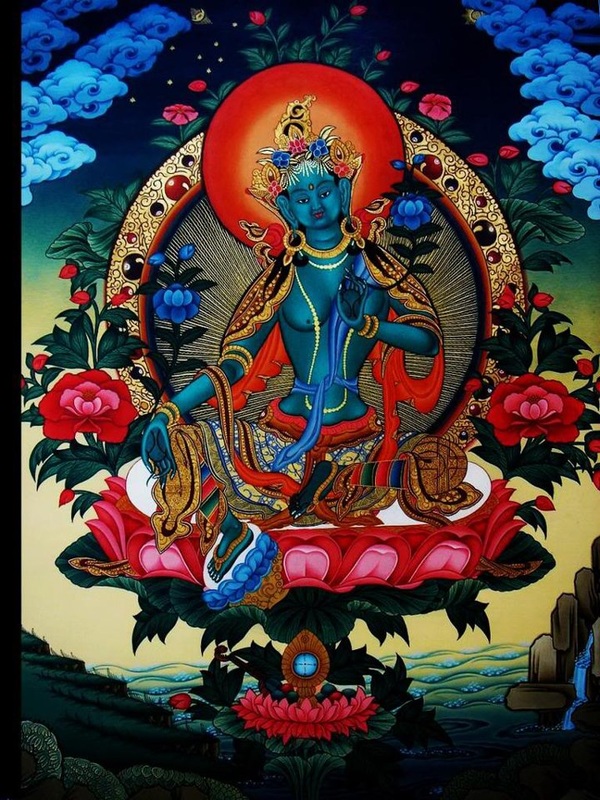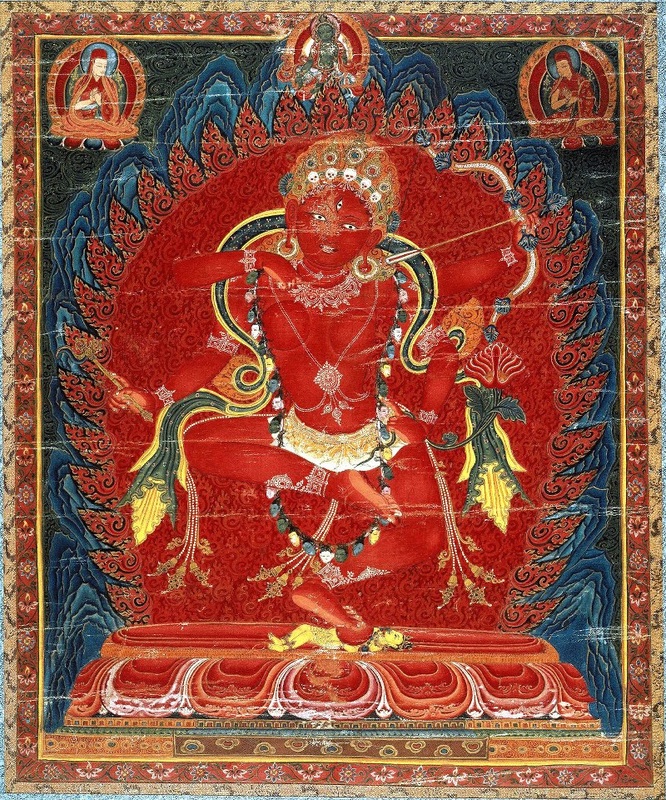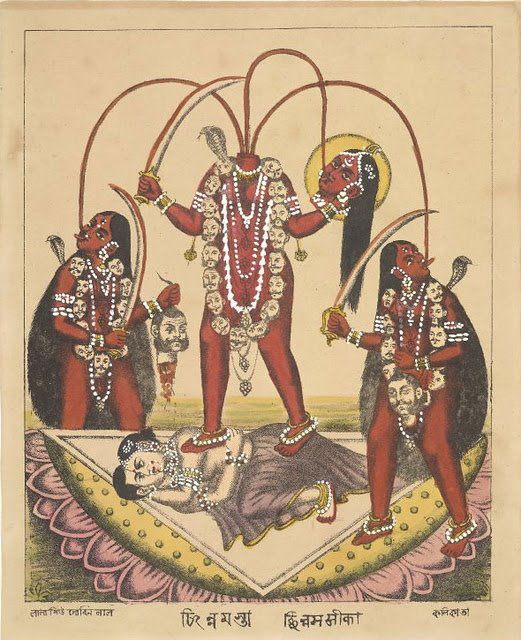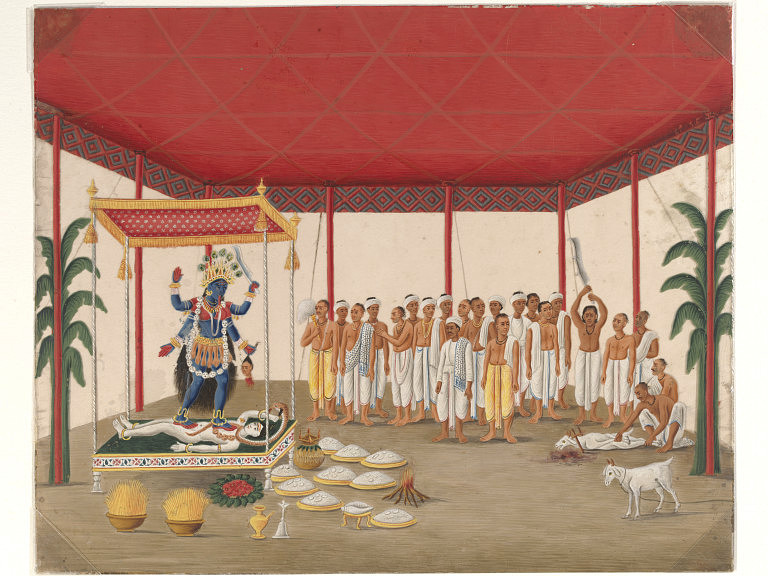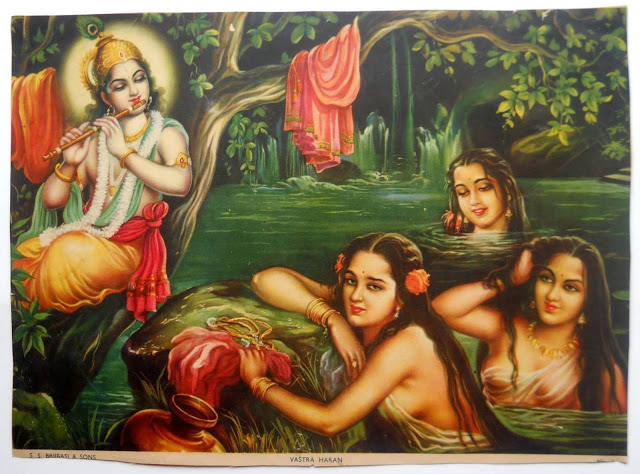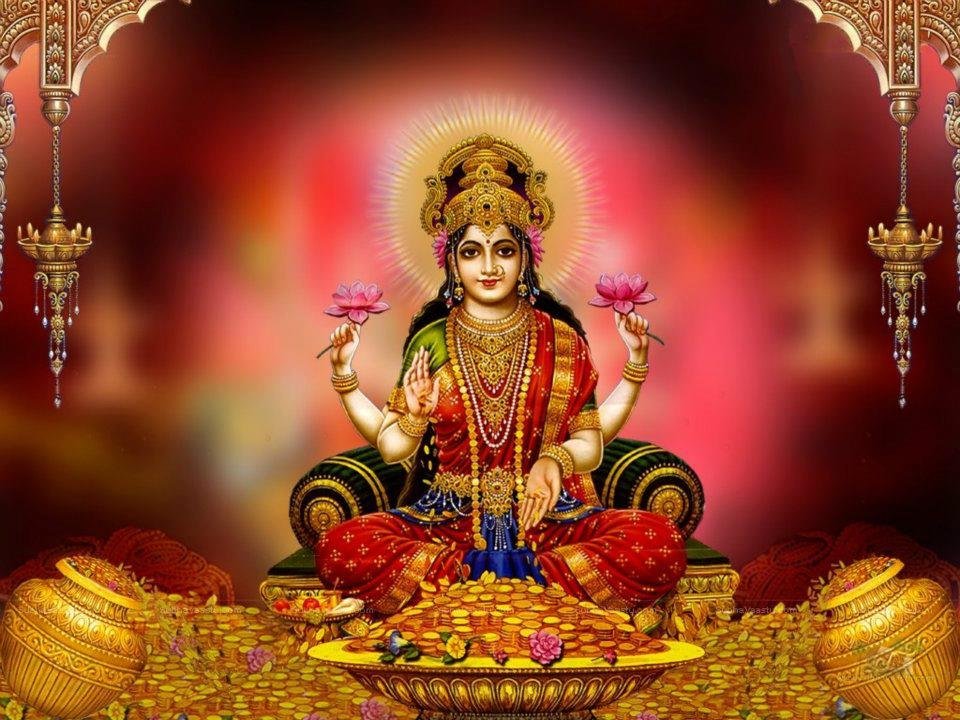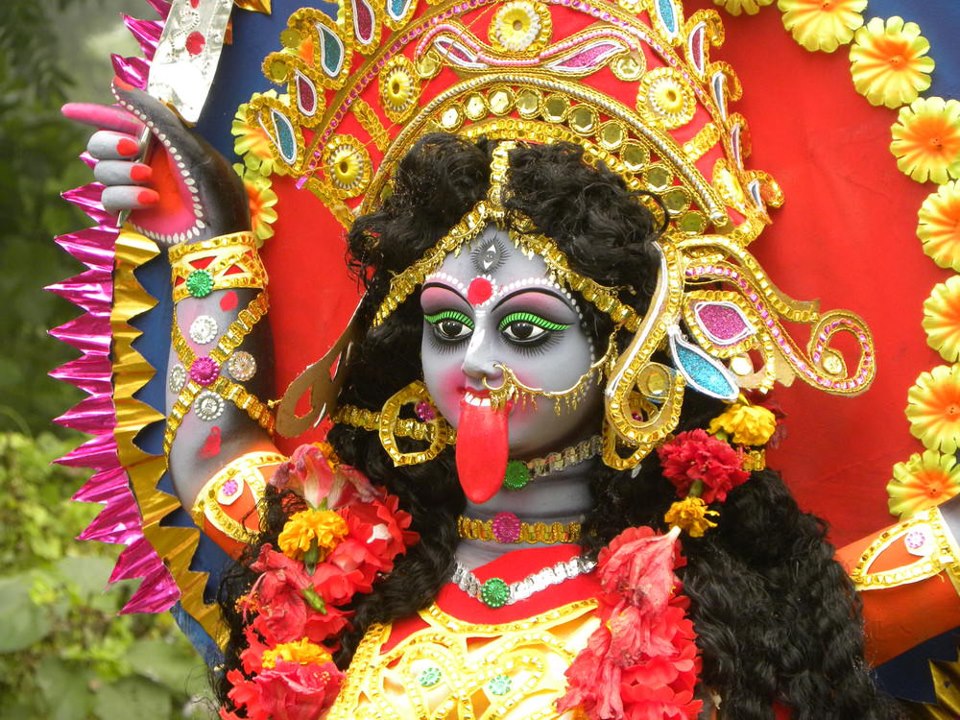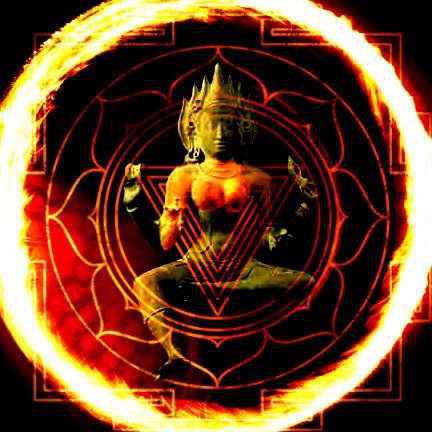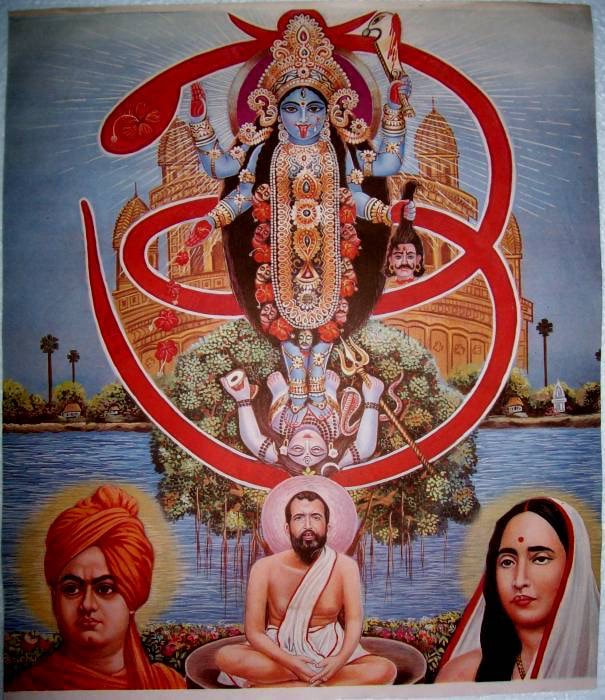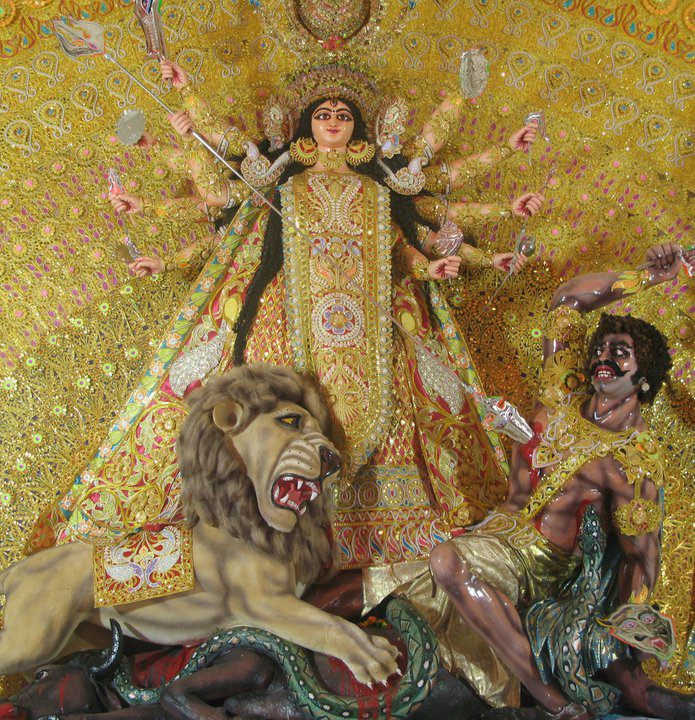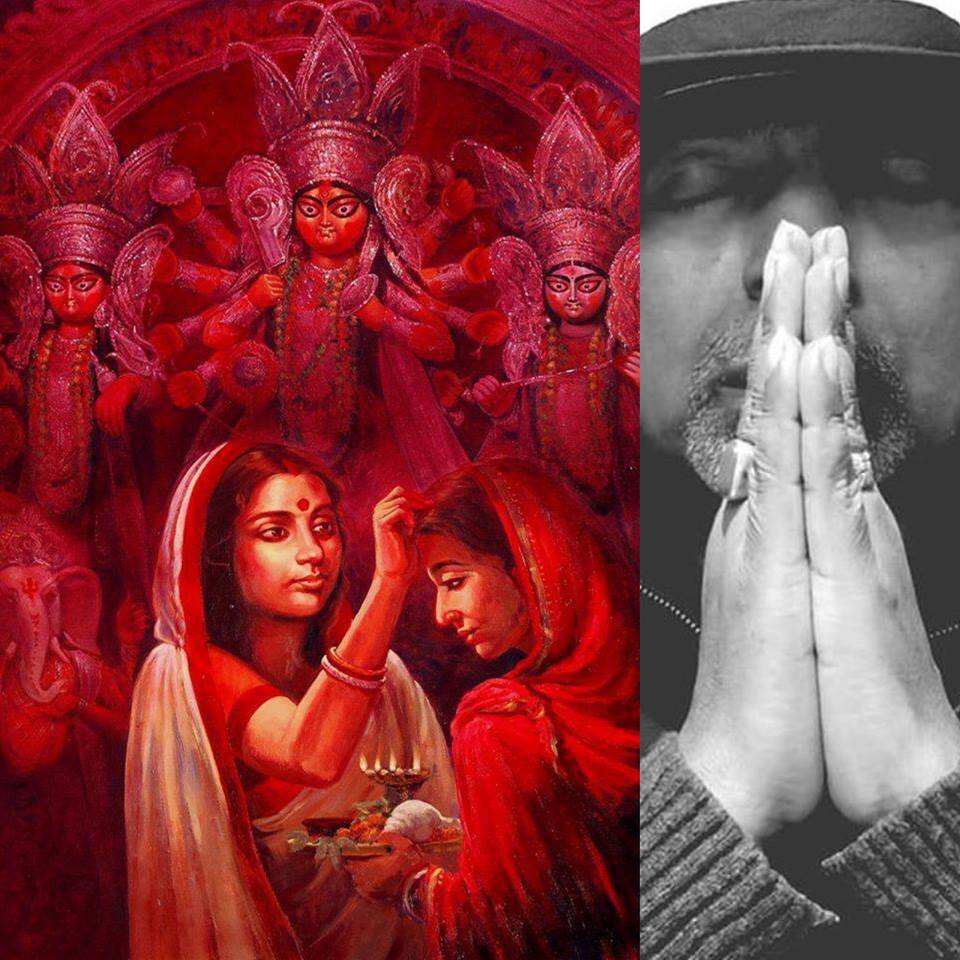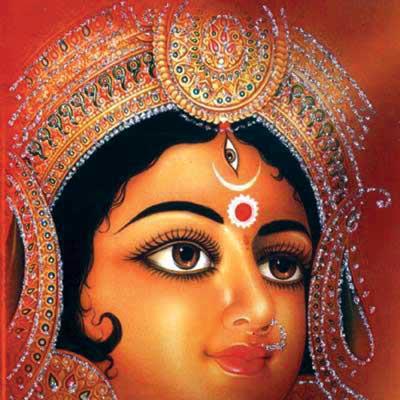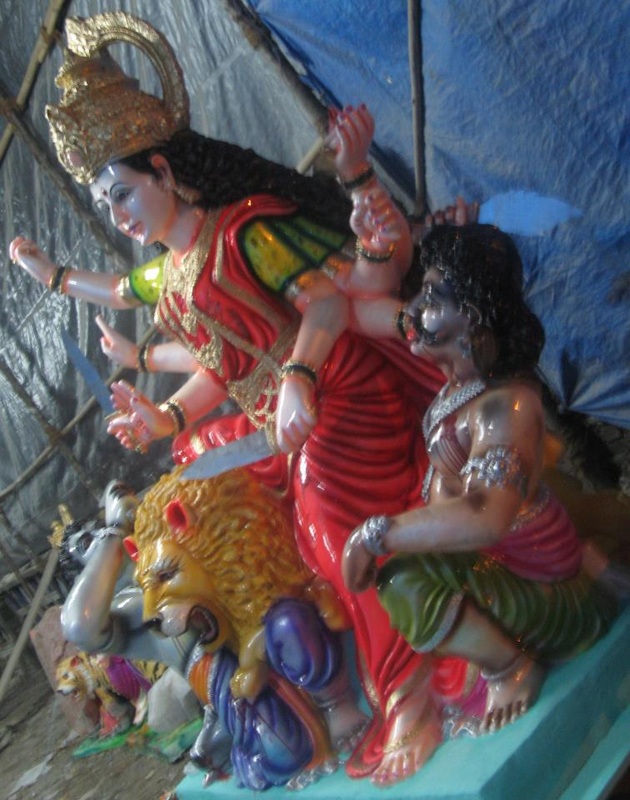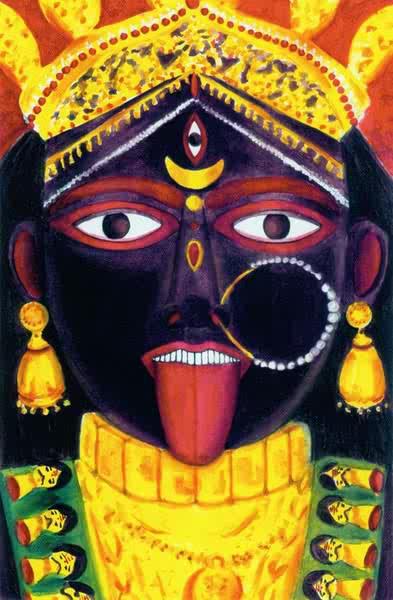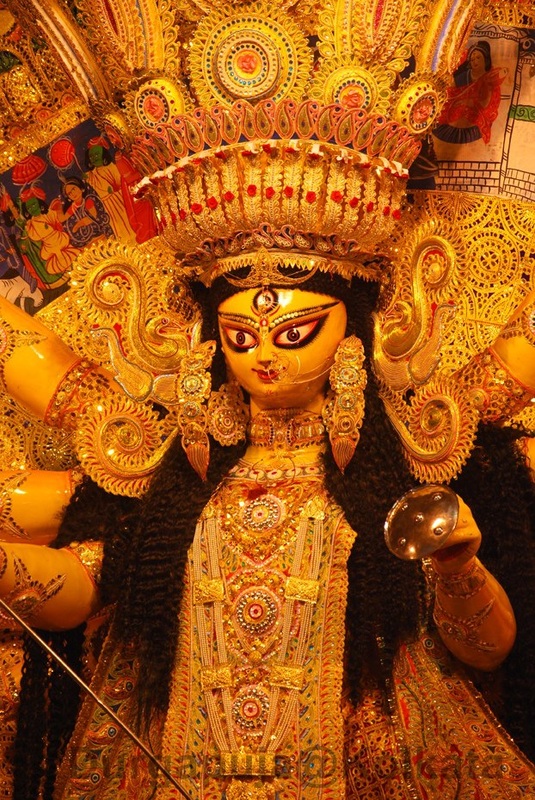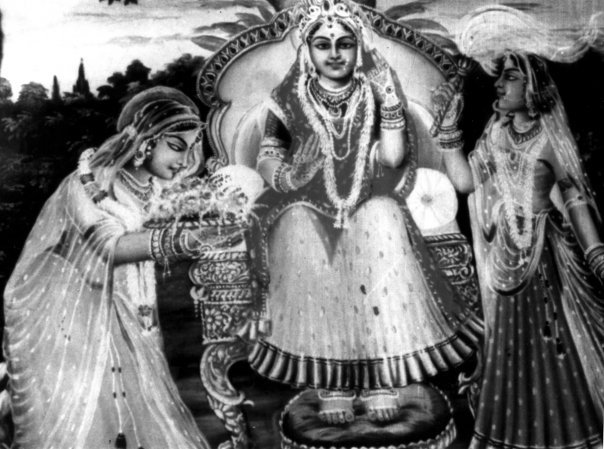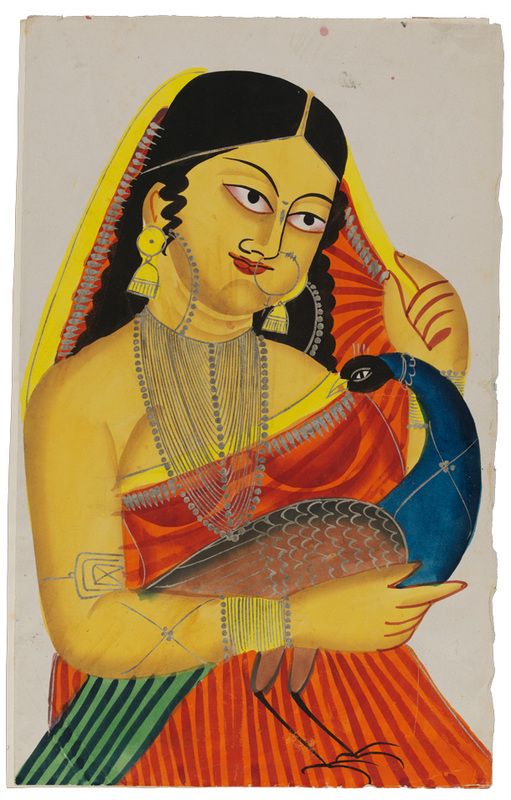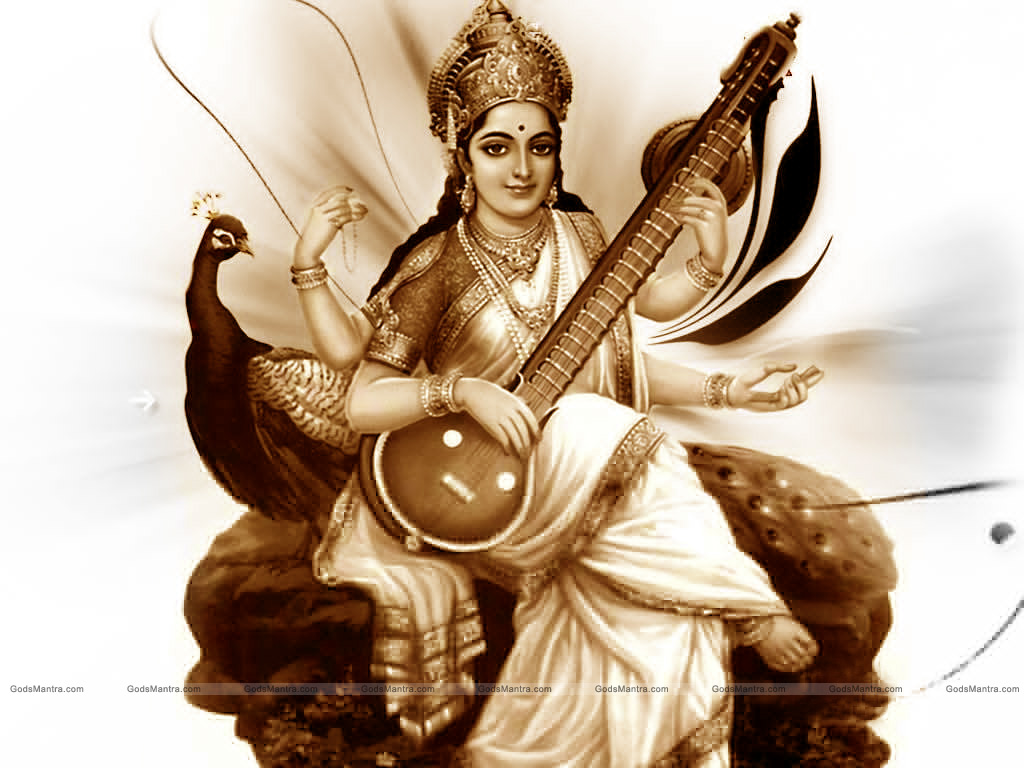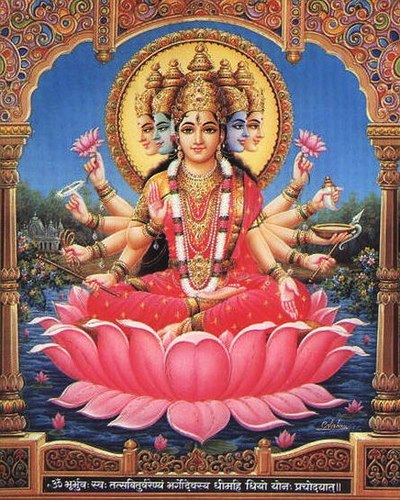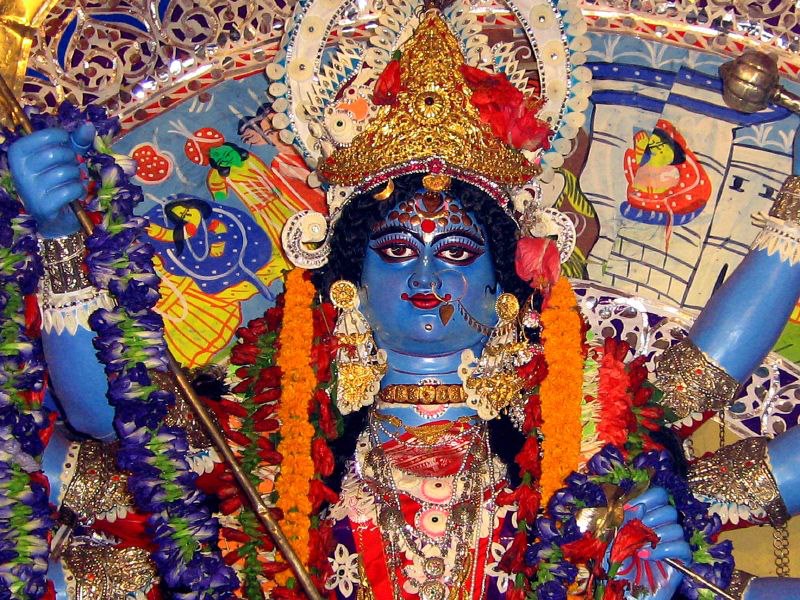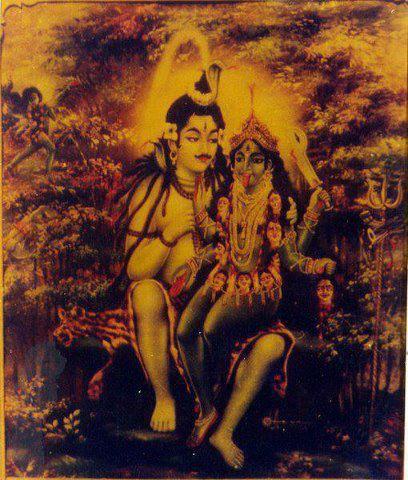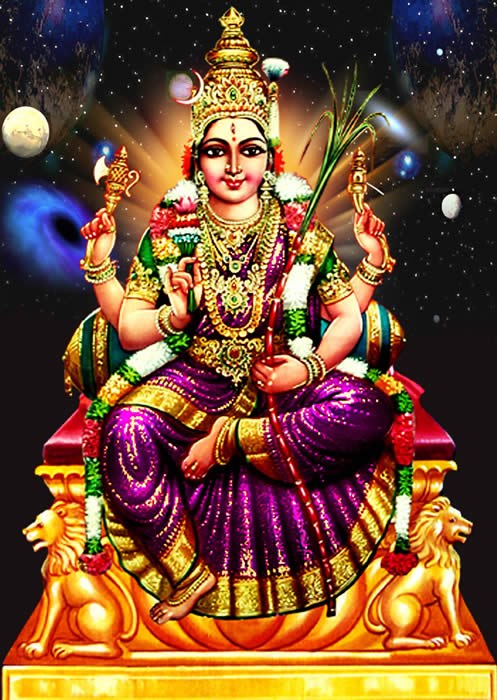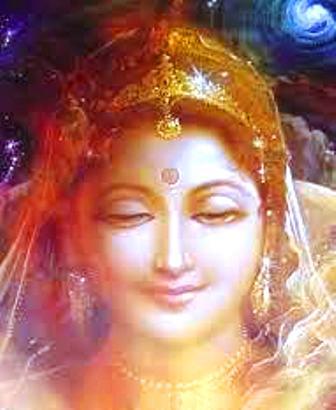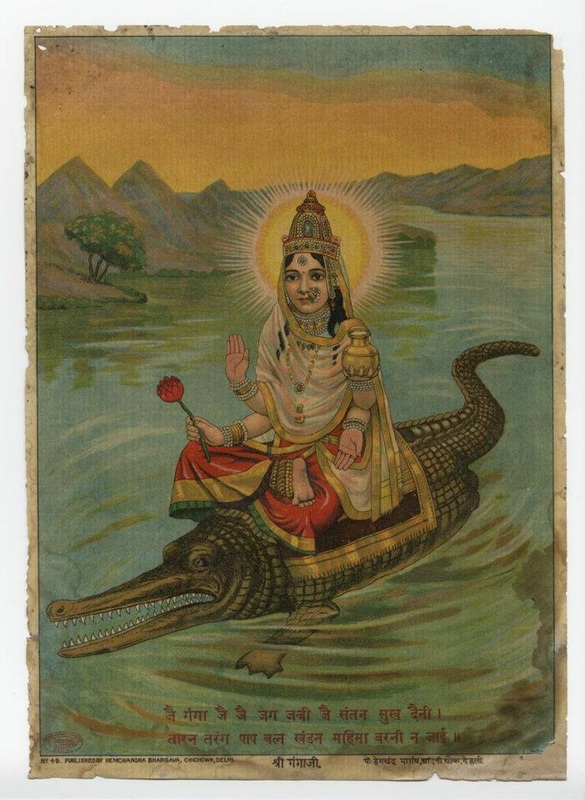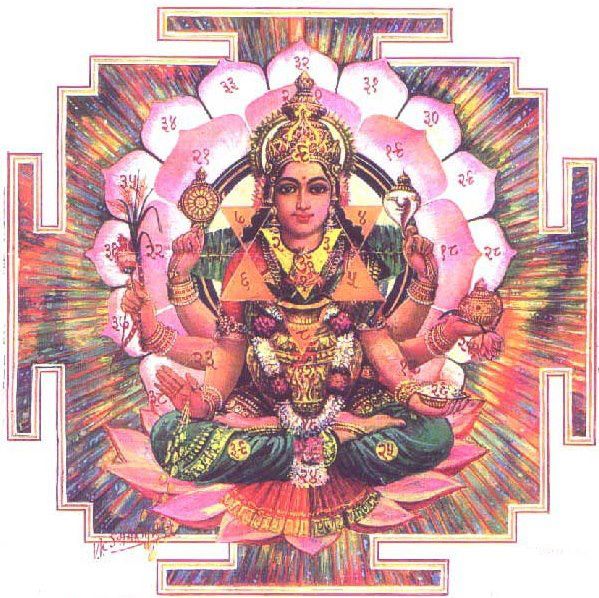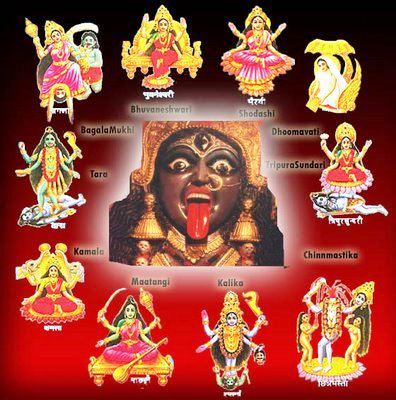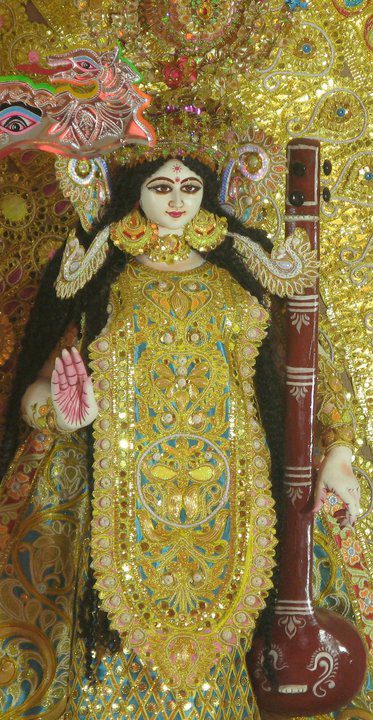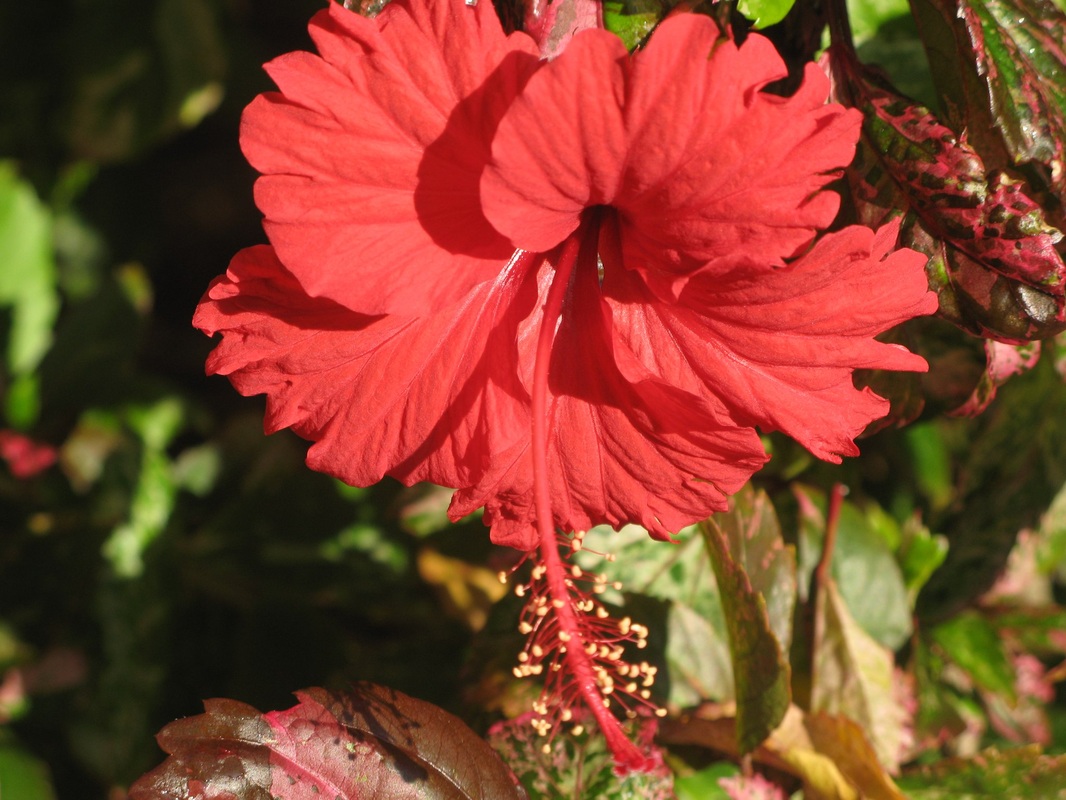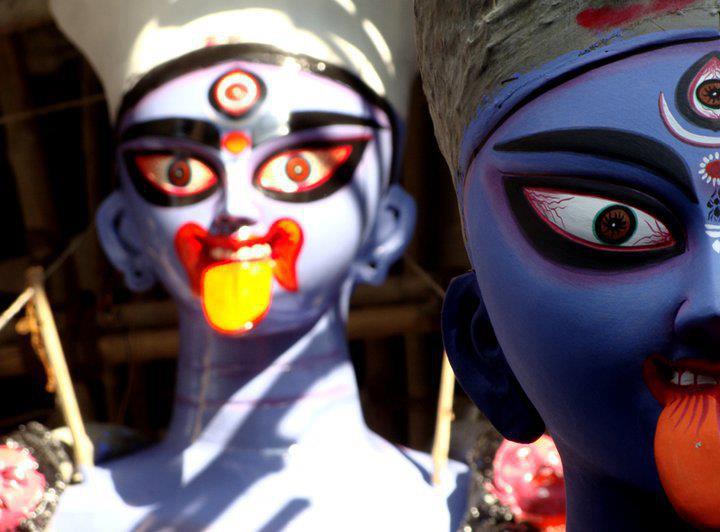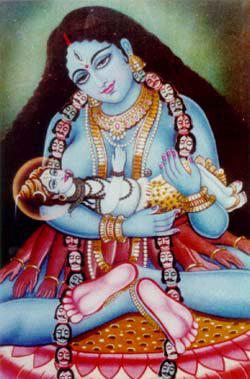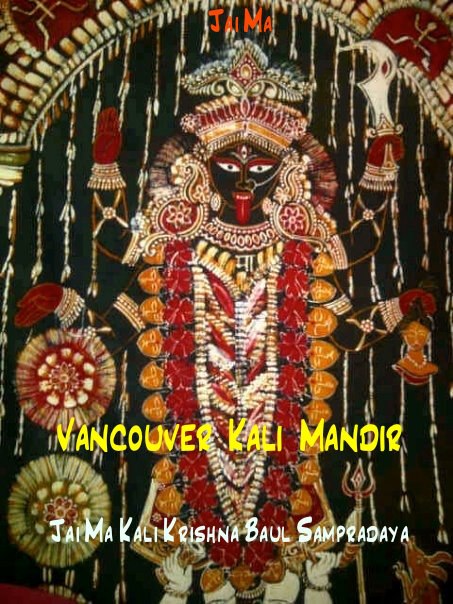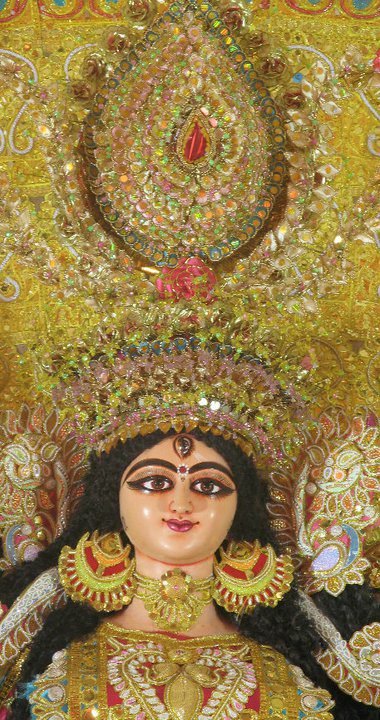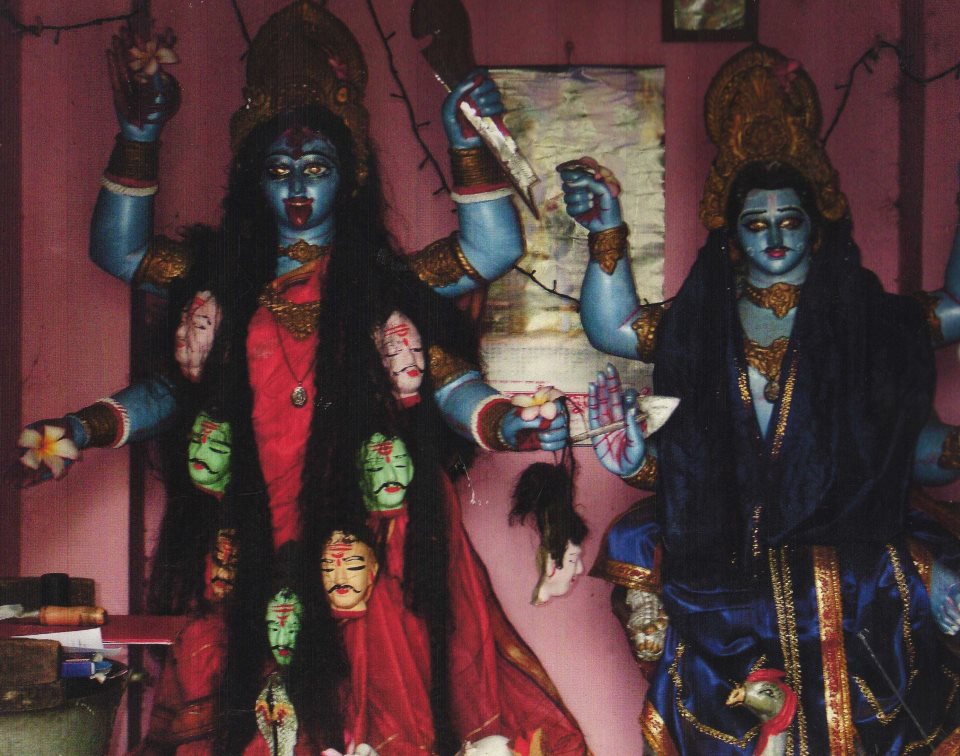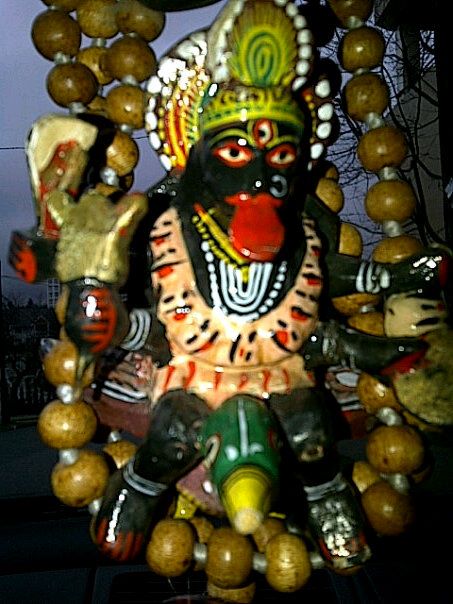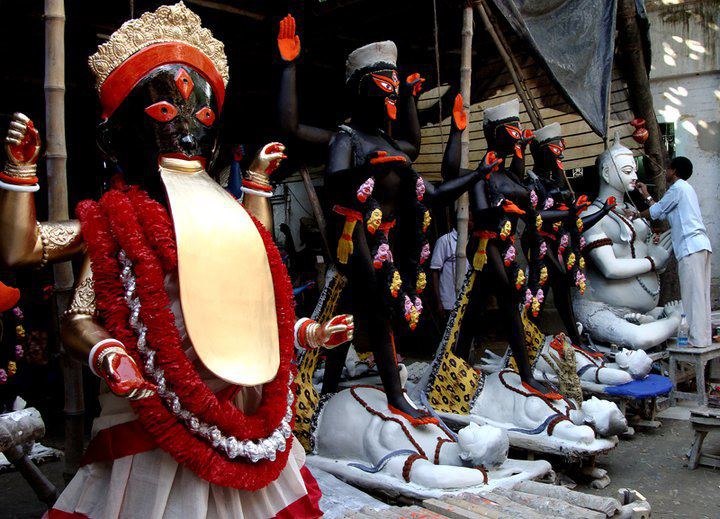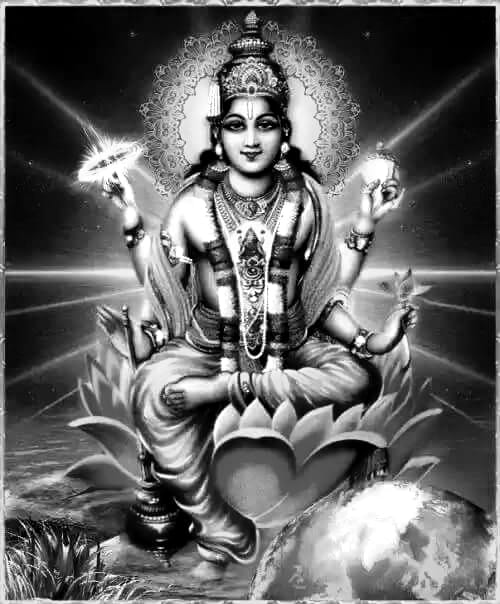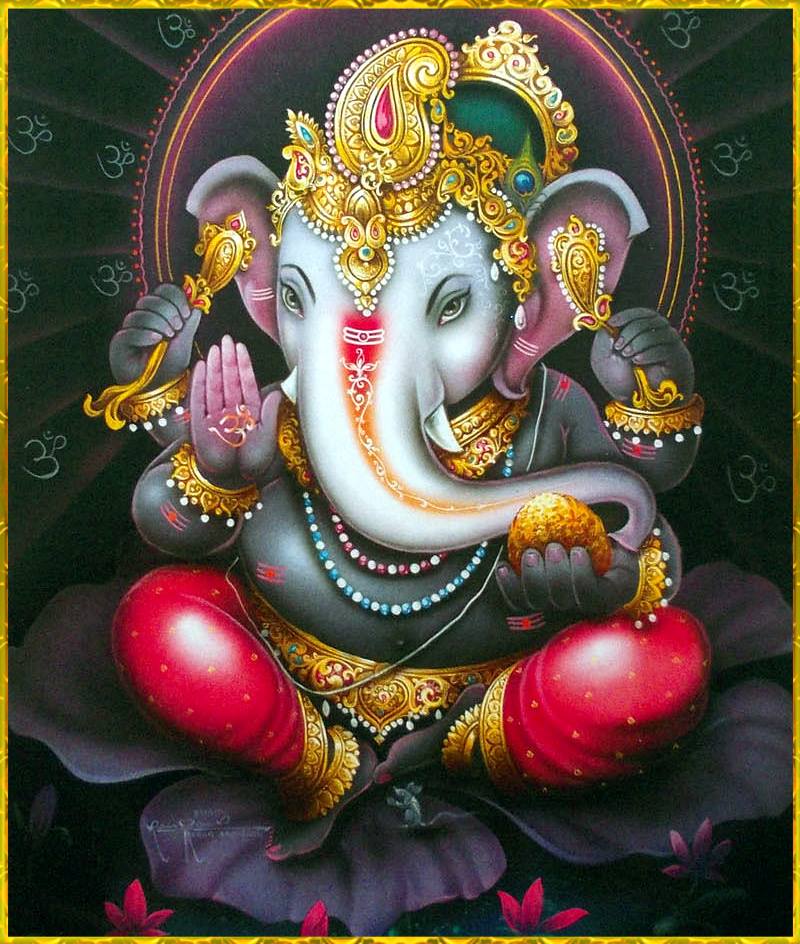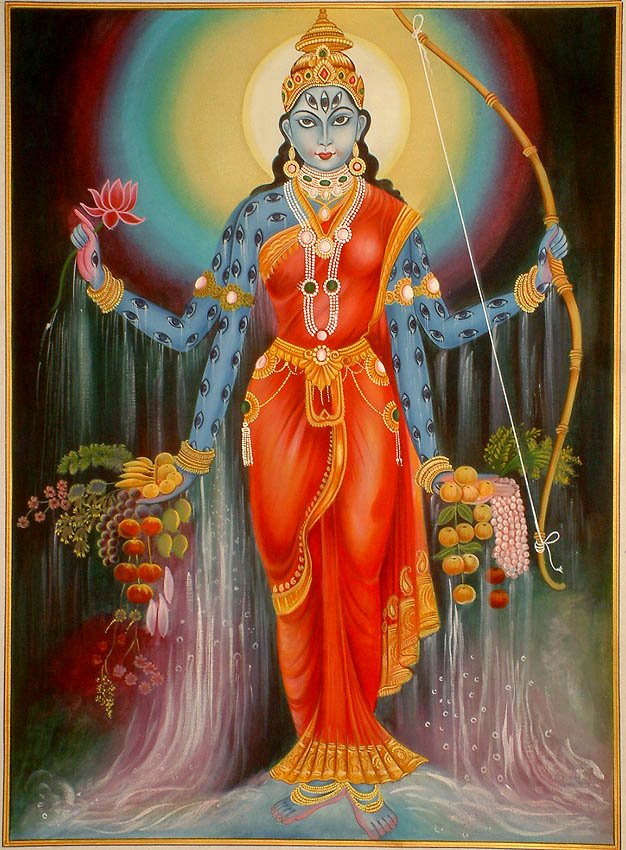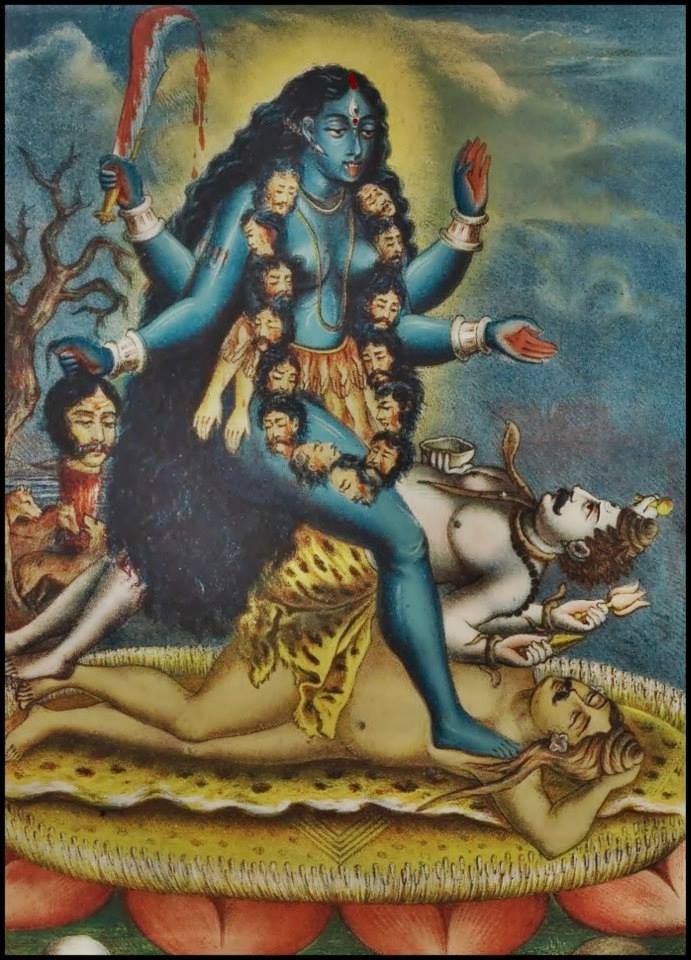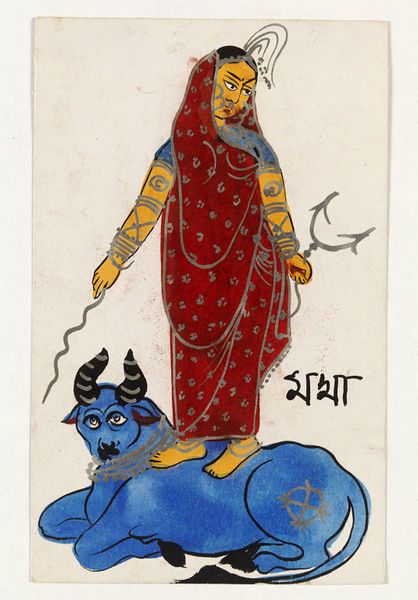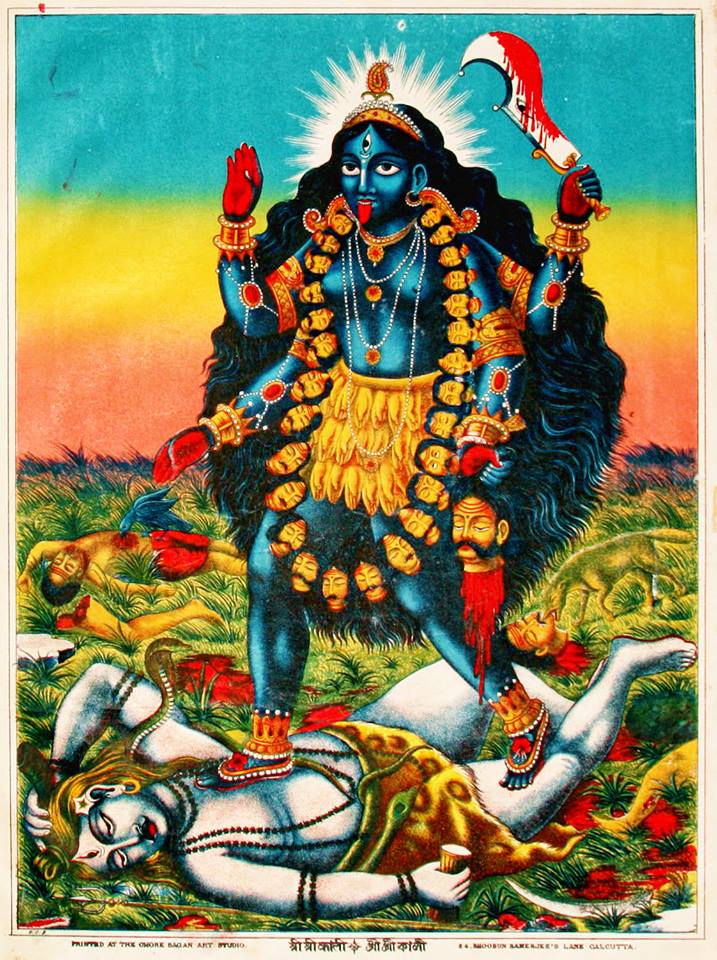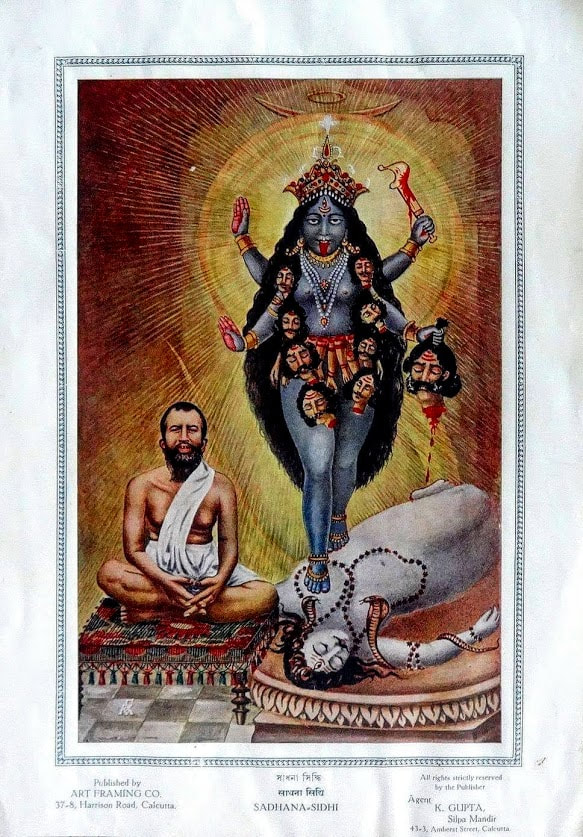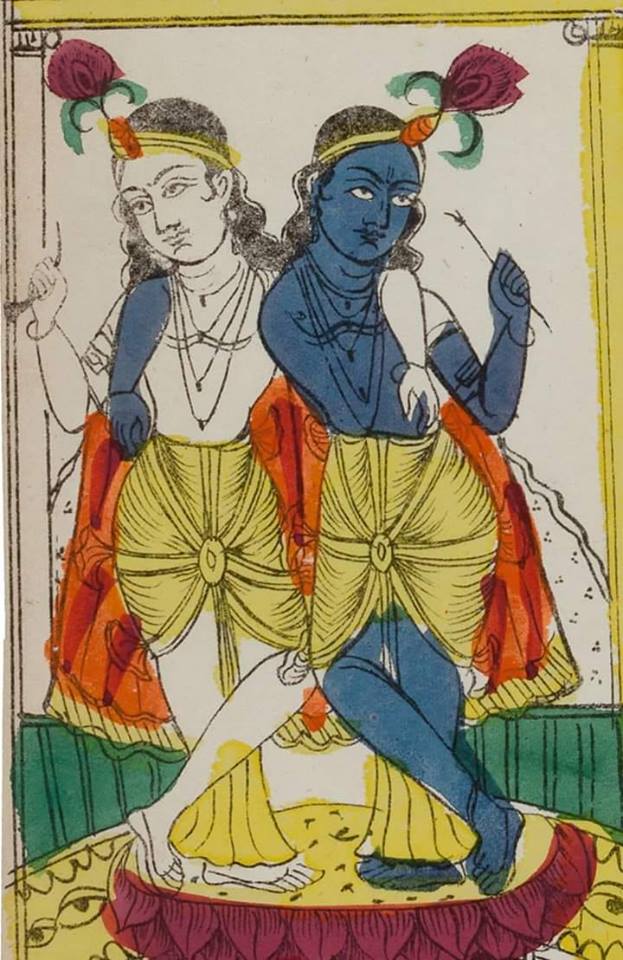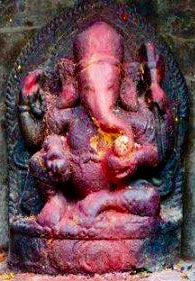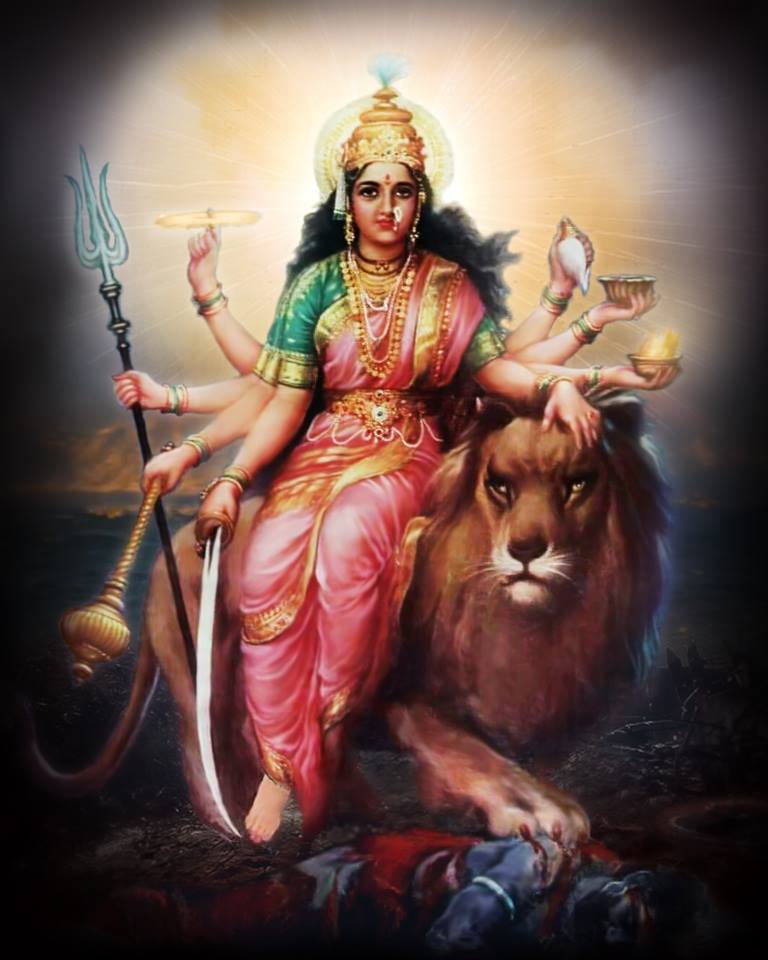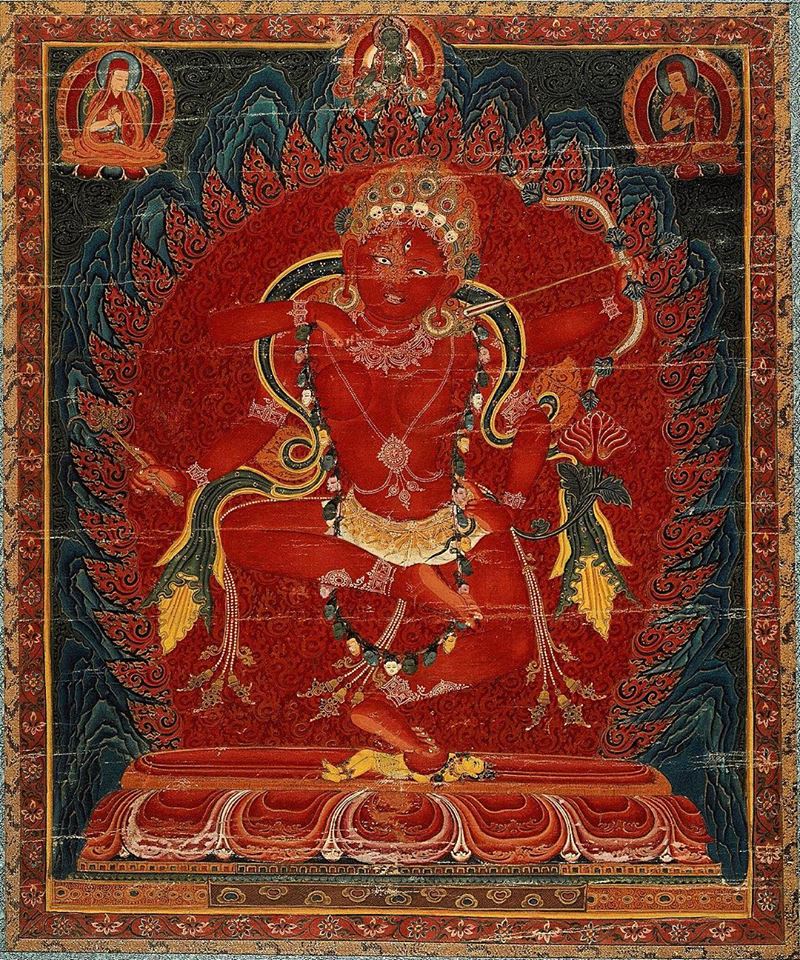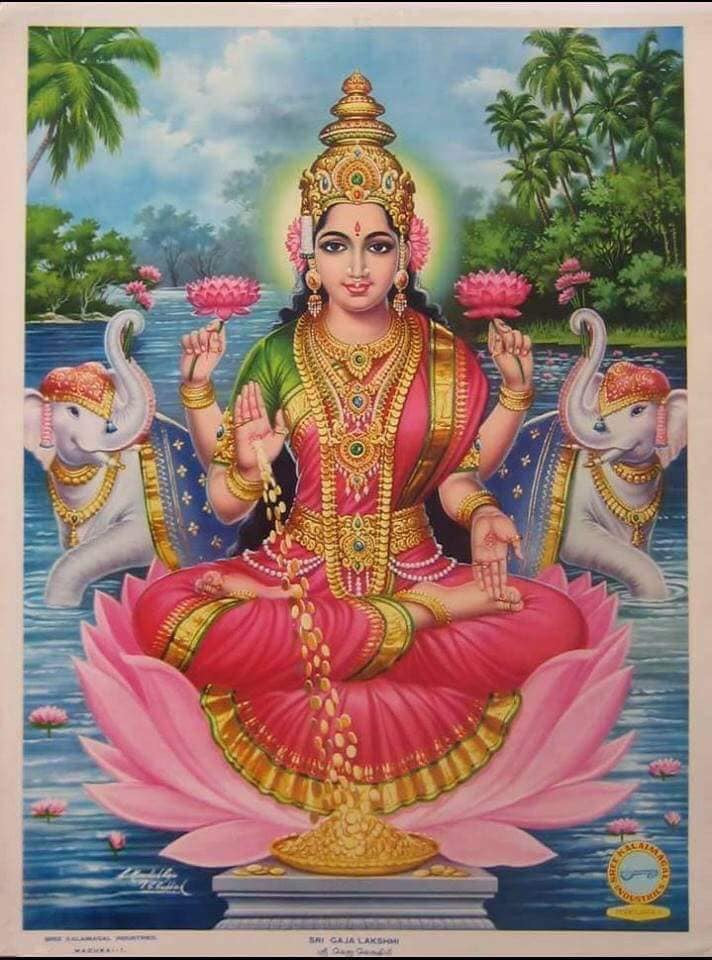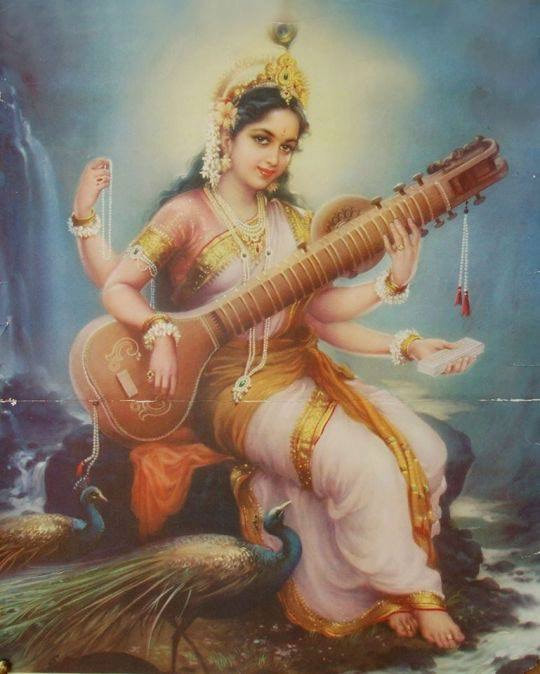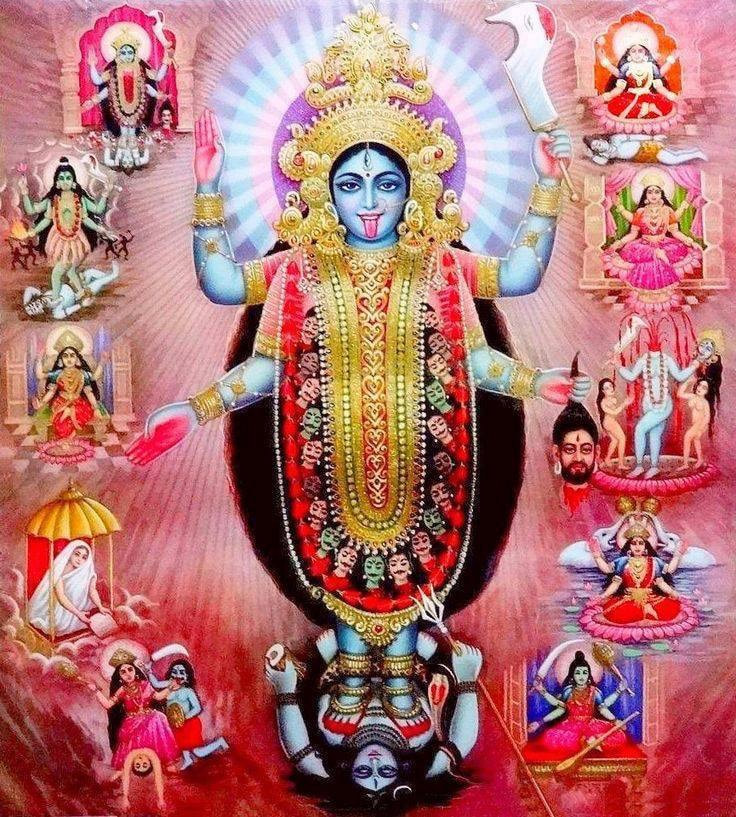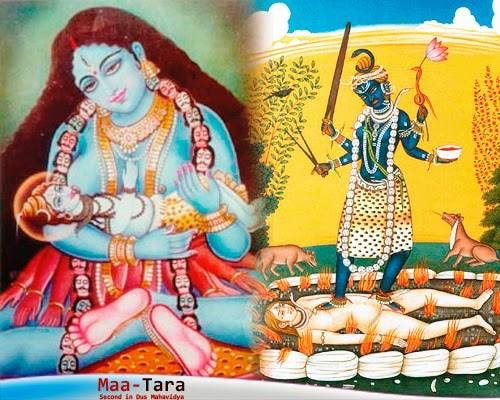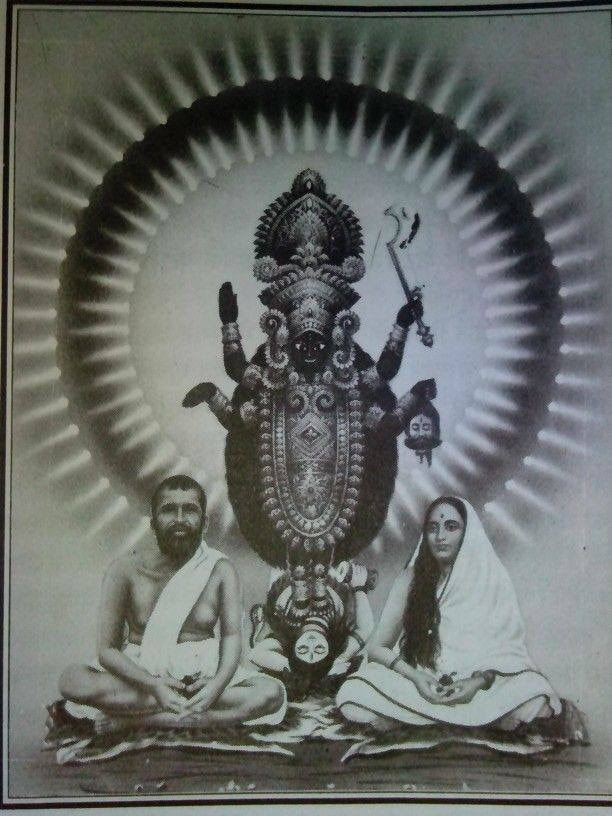|
SWAMI VIVEKANANDA: on Maya
“The world has no existence – what does this statement means? It means that it has no absolute existence. It exists only in relation to my mind and to the mind of everyone else. We see this world with the five senses but if we had another sense, we would see in it something more. If we had yet another sense, it would appear as something different. It has therefore, no real existence; it has no unchangeable, immovable, infinite existence. Nor can it be called non-existence, seeing that it exists, and we have to work in and through it. It is a mixture of existence and non-existence. We find that Maya is not a theory for the explanation of the world; it is simply a statement of facts as they exists, that the very basis of our beings is a contradiction, that everywhere we have to move through this tremendous contradiction, that there is good and there is also evil, wherever there is life, death must follow as its shadow, and everyone who smiles will have to weep and vice-versa....” Red Tara. Has been association with Lalita Sunduri Tripuri - Shodashi of Dasa Maha Vidya. Lalita Tripura is the Red Goddess. It is believed she appeared first in Hinduism. http://www.shivashakti.com/tripura.htm Thanks to Mike Magee "Kurukulla was originally a tribal goddess, much like the Hindu goddess Durga had been in India, who later, because of her popularity, became associated with the Buddhist great goddess Tara. For this reason, Kurukulla is often called the Red Tara (sgrol-ma dmar-po) or Tarodbhava Kurukulla, “the Kurukulla who arises from Tara. A text like the Arya Tara Kurukulla Kalpa contains many ritual practices of lower magic to accomplish specific goals, for example: 1. amulets for enchanting and bringing others under one’s power, 2. spells to frighten away poisonous snakes, 3. methods for a dissatisfied wife to subjugate her husband, 4. amulets for protection from evil spirits and bad luck, 5. spells for acquiring wealth and gaining power, 6. the use of cowrie shells in divination and ritual, 7. divinations to find a treasure, 8. methods for walking on water, 9. methods to avoid getting gray hair, 10. cures for frigidity and impotence. In one Kurukulla Sadhana found in the Sadhanamala (No. 72), there occurs a list of eight great siddhis or magical powers acquired through her practice: 1. Khadga-siddhi (ral-gri), the power to be invincible in battle with a sword (khadga); 2. Anjana-siddhi (mig-rtsi), the power to remove ordinary lack of sight by using a magical ointment that enables the user to see Devas, Nagas, and other spirits; 3. Padalepa-siddhi (rkang-pa’i byug-pa), the power to be swift of foot by using a magical ointment that, when applied to the feet, allows the user to run with incredible swiftness; 4. Antardhana-siddhi (mi snang-bar ‘gyur-ba), the power to become invisible; 5. Rasayana-siddhi (bcud-len), the power of rejuvenation and long life through obtaining the elixir of life by way of an alchemical process; 6. Khechara-siddhi (mkha’-spyod), the power to levitate or to fly through the sky; 7. Bhuchara-siddhi (zhing-spyod), the power to move freely through the earth, mountains, and solid walls; and 8. Patala-siddhi (sa-‘og), the power to have command over the spirits of the underworld (patala)." Thanks to: http://vajranatha.com/teaching/Kurukulla.htm… Kurukulla (emanation of Arya Tara) XVI century Ngor Sakya painting. SAVITRI - A legend and a symbol
By Sri Aurobindo Published by Sri Aurobindo Ashram, Pondicherry - 1950 Read book online: http://bit.ly/2AOvK3U Download pdf book: http://bit.ly/2MlG4FW Savitri: A Legend and a Symbol is an epic poem in blank verse by Sri Aurobindo, based upon the theology from the Mahabharata. Its central theme revolves around the transcendence of man as the consummation of terrestrial evolution, and the emergence of an immortal supramental gnostic race upon earth. Unfinished at Sri Aurobindo's death, Savitri approaches 24,000 lines. Savitri is the masterpiece of Sri Aurobindo published in two parts in 1950 and 1951. He revised the book eighteen times before publishing it and it took nearly fifty years for completion. It consists of 12 books, and there are 49 cantos in it which further consist of about 24,000 lines. Sri Aurobindo had intended to write a lengthy introduction to Savitri, which never occurred. He did, however, write an author's note which functions as an effective summary that appears at the beginning of the poem in all its published versions. It reads: "The tale of Satyavan and Savitri is recited in the Mahabharata as a story of conjugal love conquering death. But this legend is, as shown by many features of the human tale, one of the many symbolic myths of the Vedic cycle. Satyavan is the soul carrying the divine truth of being within itself but descended into the grip of death and ignorance; Savitri is the Divine Word, daughter of the Sun, goddess of the supreme Truth who comes down and is born to save; Aswapati, the Lord of the Horse, her human father, is the Lord of Tapasya, the concentrated energy of spiritual endeavour that helps us to rise from the mortal to the immortal planes; Dyumatsena, Lord of the Shining Hosts, father of Satyavan, is the Divine Mind here fallen blind, losing its celestial kingdom of vision, and through that loss its kingdom of glory. Still this is not a mere allegory, the characters are not personified qualities, but incarnations or emanations of living and conscious Forces with whom we can enter into concrete touch and they take human bodies in order to help man and show him the way from his mortal state to a divine consciousness and immortal life." Composition Sri Aurobindo worked on Savitri for over twenty years, making it his literary life's work, with the earliest known draft written in 1916. Towards the beginning of the poem's composition, it was not uncommon for passages to undergo as many as ten redrafts, with many rearrangements of lines. In later years, as Sri Aurobindo's eyesight was failing, he dictated portions of the book to Nirodbaran. Just before his death, he fluently dictated lengthy passages with little to no correction afterwards. History of publication Savitri was originally brought out canto by canto in small fascicles and in periodicals published by the Sri Aurobindo Ashram. These periodicals were the Sri Aurobindo Mandir Annual, in 1946 and 1947, the quarterly Advent in 1946 and 1947, and the Sri Aurobindo Circle Annual in 1947. These installments were also made available simultaneously in fascicles Canto-wise. The fascicles covered the first four Cantos of Book 1 and Book 3. The fifteen Cantos of Book 2 were published in book-form in two parts, Cantos 1-6 and Cantos 7-15, in 1947 and 1948 respectively. The whole poem first appeared in book-form in two parts in 1950 and 1951. Sri Aurobindo's letters written to his disciples on various aspects of the poem are now part of the book. This modern epic written in a modern language is also a modern-day scripture. It recounts the saga of human victory over ignorance and conquest of death. Painstakingly composed in a rhythmic pentameter, each line of the poem is suffused with power of Mantra. Many students and disciples of Sri Aurobindo and the Mother draw inspiration from Savitri for their spiritual growth. Many even find the answers to their doubts and questions by opening the book at random. On special occasions, continuous recitation of Savitri on a relay basis is also quite common in the Centers where the works and yoga teachings of The Mother and Sri Aurobindo are studied and practiced. Regular camps and conclaves are also organized at different places in the world to study the poem. - Wikipedia Image: Savitri Raja Ravi Varma Lithographic Press 1898 Credit: The Ganesh Shivaswamy Foundation The Ten Great Cosmic Powers (Dasa Mahavidyas)
By S. Shankara Narayanan Published by Dipti Publications, Aurobindo Ashram, Pondicherry - 1972 Read book online: http://bit.ly/35abqYF Download pdf book: http://bit.ly/334AQ8n The Tantra celebrates the Ten as the 'Maha vidyas'. Great Sciences, that hold the creation in their celestial grasp. What are these maha vidyas ? Why are they distinguished from one another though they all proceed from and lead to the same one Reality? The author explains with his usual lucidity: “ Each is a particular Cosmic function and each leads to a special realisation of the One Reality. The might of Kali, the sound-force of Tara, the beauty and bliss of Sundari, the vast vision of Bhuvaneshwari, the effulgent charm of Bhairavi, the striking force of Chinnamasta, the silent inertness of Dhumavati, the paralysing power of Bhagalamukhi, the expressive play of Matangi and the concord and harmony of Kamalatmika are the various characteristics, the distinct manifestation of the Supreme Consciousness that has made this creation possible. The Tantra says ibat the Supreme can he realised at these various points." The secrets of chese vidyas are buried deep in Sastras and oral traditions. To Sri Shankaranarayanan we owe gratitude for his intuitive grasp of these fundamentals, deep learning and conscientious scholarship in working out the clues and the facility with which he has been able to link up the dateless past of the mystics with the actual present dominated by empirical Science. He also integrates this Thought of the Tantra with the Doctrine and Practice of Life Divine as presented by Sri Aurobindo in his Epic, SavItrL Image: The print is subdivided into ten equal parts, each representing one of the ten aspects of Devi, the divine mother. Each image is identified with a Bengali inscription, and the goddesses represented are: Kali, Tara, Shodashi, Bhuvaneshvari, Bhairavi, Chhinnamasta, Dhumavati, Bagalamukhi, Matangi, and Kamala. Printed by: The Calcutta Art Studio biography 1895 (circa) The Calcutta Art Studio was established in 1878 by Ananda Prasad Bagchi (1849-1905) along with the help of several artists. Lithography was gaining momentum as a medium for picture production in the 1870s, and this was one of the largest studios operating in Bengal producing popular prints for the mass market. Hand-written captions in English have been added to the Bengali letter-press of the majority of the prints (some letterpress also in Hindi). The majority of the chromolithographs in this album were produced in Calcutta and reflect Bengal devotional cults; the final four prints were published by the Ravi Varma Press from Lonavla, c. 1910. Image and text credit: © Trustees of the British Museum Kali - The Feminine Force
By Ajit Mookerjee Published by Destiny Books, Vermont - 1988 Read book online: http://bit.ly/35bt3HK Download pdf book: http://bit.ly/30P1Abv Preface Kali manifested herself for the annihilation of demonic male power in order to restore peace and equilibrium. For a long time brutal asuric (demonic) forces had been dominating and oppressing the world. Even the powerful gods were helpless and suffered defeat at their hands. They fled pell-mell in utter humiliation, a state hardly fit for the divine. Finally they prayed in desperation to the Daughter of the Himalayas to save gods and men alike. The gods sent forth their energies as streams of fire, and from these energies emerged the Great Goddess Durga. In the great battle to destroy the most arrogant and truculent man-beasts, the goddess Kali sprang forth from the brow of Durga to join in the fierce fighting. As the ‘forceful’ aspect of Durga, Kali has been dubbed ‘horrific’ or ‘terrible’ in masculine-biased commentaries, without understanding of the episode’s inner meaning. The challenge of Sakti (feminine force) with its vast Sakta literature has not been properly presented to the world from the feminine viewpoint to bring out its truth. Even casual observations on the Durga episode by a woman writer may give a glimpse of a perspective which has been ignored and distorted by an extreme phallic culture. ‘What is there in the story [of Durga] for us?’ writes Leonie Caldecott in The Dance of the Woman Warrior'. ‘Well, to start with, the fact that the gods could not change their situation themselves, and they had to create a goddess , not another god, to do it for them. In a deadlocked situation, the woman is the only moving element . Another thing worth noting is that the dualism gods/anti-gods, good/evil, has a lot to do with the deadlock, a fact which is far from irrelevant to the actual cold wars with which military powers play in the world today. That dualism also makes a point of keeping women in their place, making the female condition the undesirable half of the dualistic equation. The only way Durga can alter the consequences of this division is by employing an adaptability not normally available under the dualistic regime . ‘Durga’s name means “Beyond Reach”. This to me is an echo of the woman warrior’s fierce, virginal autonomy. In fact many of the figures associated with her are officially virgin. This is not meant in the limiting sense understood by the patriarchal order, but rather in Esther Harding's sense: she is “one-in-herself”, or as Nor Hall puts it, “belonging-to-no-man”. More than this, part of the reach she puts herself beyond so adamantly is the reach of society’s attempt to describe her to herself. The more repressive the images available to women, the more the virgin condition becomes a defence against these. In extremis, women will reject womanhood itself, if the condition “unable to move around freely”, both physically and psychically, is seen necessarily to accompany it.’ Few Western scholars have understood the significance of Kali. She was derided by early Western writers and missionaries as the patron-goddess of bandits. Phoolan Devi, a contemporary ‘Bandit Queen’, who suffered rape and humiliation at the hands of the woman-eaters before her violent career was ended, surrendered to the authorities in 1983 beneath a picture of her chosen deity Durga; her younger sister commented that ‘God turns men into saints, but it is men who turn women into dacoits.’ Kali has been worshipped by saints as well as sinners. Her image today is reproduced by the latest electronic gadgets, and adopted in connection with the women’s movement as a symbol to convey their messages. These new appearances in no way diminish the significance of Kali. On the contrary, if we look deeply into the situation we will find we can explain many phenomena in terms of the same human values. We have suffered the consequences of unbalanced power for long enough. Our world cannot any longer tolerate the disruption and destruction brought about by demonic force. In the present Kali Age, Kali is the answer, and she will have to annihilate again in order to reveal the truth of things, which is her mission, and to restore to our natures that divine feminine spirituality which we have lost. 32 Names of Durga Ma Durga Dvatrinsh Naammala Durga ( दुर्गा ) meaning "the inaccessible" or "the invincible, is a popular fierce form of the Hindu Goddess or Devi. Durga is a manifestation of Devi and is widely worshiped as the terrible aspect of the benign goddess Parvati, daughter of the himalayas. Durga has been reverd throughout India for slaying the buffalo demon Mahishasura.The story, is a central episode of the scripture Durga Charitra . Her victory is celebrated annually in the festivals of Navaratri and Durga Puja. The 32 Names of Goddess Durga also known as Durga Battisi, have been provided as Durga ‘Dvatrinsh Naammala’ in the spiritual book “Durga Saptasati”. It is also popularly known as Durga Battis Naam in Hindi. These names of Ma Durga are recited to bring an end to all difficulties in one’s life and are the reliever of all kinds of difficulties. The chant of 32 names is immeasurably powerful and anybody who sings it regularly can obtain immense benefit throughout his life as this is an blessing of the Goddess that brings difficulties to peace. Durga 32 Names: Meaning: 1. Durgā - The Reliever of Difficulties 2. Durgā tirśaminī - Who puts difficulties at peace 3. Durgā padvinivāriṇī - Dispeller of difficult adversities 4. Durga macchedinī, - Who cuts down difficulty 5. Durga sādhinī - The performer of Discipline to expel difficulties 6. Durga nāśinī - The Destroyer of Difficulty 7. Durga toddhāriṇī - Who holds the whip of difficulties 8. Durge nihantrī, - Who sends difficulties to Ruin 9. Durga māpahā - Who measures difficulties 10. Durga majñānadā - Who makes difficulties unconscious 11. Durga daityalokadavānalā - Who destroys the world of difficult thoughts 12. Durga mā - The mother of difficulties 13. Durga mālokā - The perception of difficulties 14. Durga mātmasvarūpiṇī - The Intrinsic Nature of the soul of difficulties 15. Durga mārgapradā - Who searches through the difficulties 16. Durga mavidyā - The knowledge of difficulties 17. Durga māśritā - The Extrication from difficulties 18. Durga majñānasaḿsthānā - The continued existence of difficulties 19. Durga madhyānabhāsinī - Whose meditation remains brilliant when in difficulties 20. Durga mohā - Who deludes difficulties 21. Durga magā - Who resolves difficulties 22. Durga mārthasvarūpiṇī - Who is the intrinsic nature of the object of difficulties 23. Durga māsurasanhantrī - The annihilator of the egotism of difficulties 24. Durga māyudhadhāriṇī - Bearer of the weapon against difficulties 25. Durga māńgī - The refinery of difficulties 26. Durga matā - Who is beyond difficulties 27. Durga myā - This present difficulty 28. Durga meśvarī - The empress of difficulties 29. Durga bhīmā - Who is terrible to difficulties 30. Durga bhāmā - The lady to difficulties 31. Durga bhā - The illuminator of difficulties 32. Durga dāriṇī - Who cuts off difficulties Whoever will recite this garland of the names of Durga, the reliever of difficulties, will be freed from every type of fear without a doubt. Who are these demons Maa is killing,
some of them are Doubts, if you doubt yourself, Maa will surely kill those doubts 🌺🌺🌺🌺🌺🌺🙏 Doubts are the Demons 🌺 🌺🌺🌺🌺🌺 GoddessVidya.com Hindu Tantric and Sakta Literature
By Teun Goudriaan and Sanjukta Gupta Published by Otto Harraasowitz, Wiesbaden - 1981 Read book online: http://bit.ly/333IdNb Download pdf book: http://bit.ly/2LKDcTY Book excerpt: What is, after all, a Tantra? The term itself is vague; it is applied in several other provinces of Indian literature to a technical “expose” or “handbook” which in a more or less extensive way deals with a certain subject. Sometimes it means little more than “tradition”, “specialism”, for instance in the word Bhutatantra “the lore of exorcism of spirits” or Matrtantra “the set of rules for the worship of Mother goddesses”. A similar meaning can be assumed when Tantra- serves as the first member of compound titles: Tantra-sadbhava “The Real Essence of Tantra”. One could also speak of “the Tantra of Siva” or of Devi. Only in the course of tradition seems the term to have undergone a specialization towards denoting individual religious texts of Saiva and especially Sakta denomination. It would on the other hand be a serious error to hold that the whole of Sakta Tantric literature would be called Tantra. The use of titles is much too varied for that, although there has certainly been a tendency at work to increase the incidence of “Tantras” by simply putting the word behind other titles. In this way, Kularnava became Kularnavatantra; Tantraraja became Tantrarajatantra; Vinasikha was henceforth known as Vinasikhatantra; and so on. Even digests and commentaries might be subjected to the process: Umananda’s Nityotsava is called Nityotsavatantra in some Mss., while Ksemaraja’s commentary Uddyota “Elucidation” on the NT obtained the title Uddyotatantra in one Ms. The historical position of the term Tantra in the Tantric tradition is therefore not entirely clear and we may assume that it only gradually came to be closely affiliated with Sakta and Sakti-oriented Saiva literature. Besides, “Tantra” is often scarcely distinguished from “Agama”. The Bhagavatapurana (4, 24, 62) alludes to people who are experienced in Veda as well as Tantra and the Sanskrit commentary by Sridhara explains tantra by agama. In some older Tantric sources, the earlier literature of the school is referred to as “Agama". Some Saiva Agamas must have been transmitted for some time in the North of India as Tantras, while even Pancaratra Samhitas could be denoted by the latter. Image: A tantric form of the Hindu Goddess Kali. Folio from a book of Iconography, Nepal, 17th century. Credit: Los Angeles County Museum of Art Thank To Rare Book Society on Facebook She is our Mother, Jai Bhumi Maa!
A Vedic Hymn to the Goddess Earth ('Atharva-Veda,' XII, I) reads: 1) Truth, greatness, universal order (rita), strength, consecration, creative fervor (tapas) spiritual exaltation (Brahman), the sacrifice, support the earth. May this earth, the mistress of that which was and shall be, prepare for us a sacred future! 2) The earth that has heights, and slopes, and great plains, that supports the plants of manifold virtue, free from the pressure that comes from the midst of men, she shall spread out for us, and fit herself for us! 3) The earth upon which the sea, and the rivers and the waters, upon which food and the tribes of men have arisen, upon which this breathing, moving life exists, shall afford us precedence in drinking. 4) The earth whose four regions of space upon which food and the tribes of men have arisen, which supports the manifold breathing, moving things, shall afford us cattle and other possessions also! 5) The earth upon which of old the first men unfolded themselves, upon which the gods overcame the Asuras shall procure for us (all) kinds of cattle, horses, and fowls, good fortune, and glory! 6) The earth that supports all, furnishes wealth, the foundation, the golden breasted resting- place of all living creatures, she that supports Agni Vaishvanara, and mates with Indra, the bull shall furnish-us with property! 7) The broad earth, which the sleepless gods ever attentively guard, shall milk for us precious honey, and, moreover, sprinkle us with wisdom! 😎 The Earth, created from the Waters upon the Ocean, whose evolution the wise seers discovered in ecstasy; whose heart is in the highest heaven, immortal, surrounded by Truth, bestow upon us wisdom and strength, that we may be sovereign of ourselves. 9) The Earth, upon which the Waters flow by day and night unceasingly, pour out milk for us in rich streams, drench us with your wisdom. 10) The Earth, which the Asvins have measured, upon which Vishnu has stepped out, which lndra, the lord of might, has made friendly to himself; She, the Mother, pour forth milk for me, the Son. 11) Thy snowy mountain heights, and thy forests, O Earth, may they be kind to us. The brown, the black, the red, the multi-coloured, the firm Earth, that is protected by lndra, I have settled upon, I shall not destroy I shall not harm,I shall not wound. 12) Into thy middle set us, O earth, and into thy navel, into the nourishing strength that has grown up from thy body; purify thyself for us! The earth is the mother, and I the son of the earth: Parjanya is the father; he, too, shall save us! 13) The earth upon which they (the priests) inclose the altar (vedi), upon which they, devoted to all (holy) works, unfold the sacrifice, upon which are set up, in front of the sacrifice, the sacrificial posts, erect and brilliant, that Earth shall help us prosper, and we shall help Her thrive. 14) Him that hates us, O earth, him that battles against us, him that is hostile towards us with his mind and his weapons, do thou subject to us, anticipating their deeds! 15) The mortals born of thee live on thee, thou supportest both bipeds and quadrupeds. Thine, O earth, are these five races of men, the mortals, upon whom the rising sun sheds undying light with his rays. 22) Upon the earth men give to the gods the sacrifice, the prepared oblation: upon the earth mortal men live pleasantly by food. May this earth give us breath and life, may she cause me to reach old age! 23) The fragrance, O earth, that has arisen upon thee, which the plants and the waters hold, which the Gandharvas and the Apsaras have partaken of, with that make me fragrant: not any one shall hate us! . 40) May this earth point out to us the wealth that we crave: may Bhaga (fortune) add his help, may Indra come here as (our) champion! 41) The earth upon whom the noisy mortals sing and dance, upon whom they fight, upon whom resounds the roaring drum, shall drive forth our enemies, shall make us free from rivals! 42) To the earth upon whom are food, and rice and barley, upon whom live these five races of men, to the earth, the wife of Parjanya, that is fattened by rain, be reverence! 43) This Earth, upon whose ground the citadels constructed by the gods unfold themselves, every region of her that is the womb of all, make into a place of peace. 45) The earth that holds people of manifold varied speech, of different customs, according to their habitations, as a reliable milch cow that does not kick, shall she milk for me a thousand streams of wealth! 46) The serpent, the scorpion with thirsty fangs, that hibernating torpidly lies upon thee; the worm, and whatever living thing, O earth, moves in the rainy season, shall, when it creeps not creep upon us; with what is auspicious (on thee) be gracious to us! 48) The earth holds the fool and holds the wise, endures that good and bad dwell (upon her), she keeps company with the boar, gives herself up to the wild hog. 52) The earth upon whom day and night jointly, black and bright, have been decreed, the broad earth covered and enveloped with rain, may her benevolence lead us to paradise. 53) Heaven, and earth, and air have here given me expanse: Agni, Surya, the waters, and all the gods together have given me wisdom. 59) At that time, o goddess, when, spreading forth, named broad by the gods, thou didst extend to greatness, then prosperity did enter thee, and thou didst fashion the four regions. 60) As dust, a steed did she, as soon as she was born, scatter these people, that dwelt upon the earth, she the lovely one, the leader, the guardian of the world, that holds the trees and plants. 61) She whom Visvakarman (the creator of all) did search out by means of oblations, when she had entered the surging atmosphere, she, the vessel destined to nourish, deposited in a secret place, became visible to the gods. 62) Thou art the scatterer of men, the broadly expanding Aditi that yields milk according to wish. What is wanting in thee, Pragapati, first-born of the divine order, shall supply for thee. 63) O Mother Earth, kindly set me down upon a well-founded place With Father heaven to aid you, O thou wise one, do thou place me into happiness and prosperity. 64) ln the villages and in the wilderness, in the assembly-halls that are upon the Earth; in the gatherings, and in the meetings, we worship Thee. GoddessVidya.com |
Trishula Sandra Das
Practitioner of Jyotish, Yoga Tantra, Ayurveda, Shakti Sadhana for 40 years. ~ VedicAstrologer ~ ~ Researcher East & Western Wisdom, Past Life Regression, Mysticism ~ ~ Mind Body Soul~ Believer in Love, Humanity, Peace, freedom & Soul Mates ~ Baul Scholar ~ ~ Qigong Master ~ ~ MOTHER ~ ~Photographer~ Archive
May 2022
Thanks to all Authors.
Categories
All
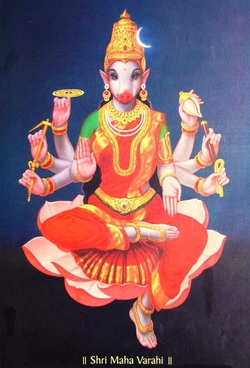
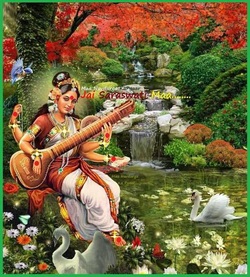
|
| Goddess Vidya |
|
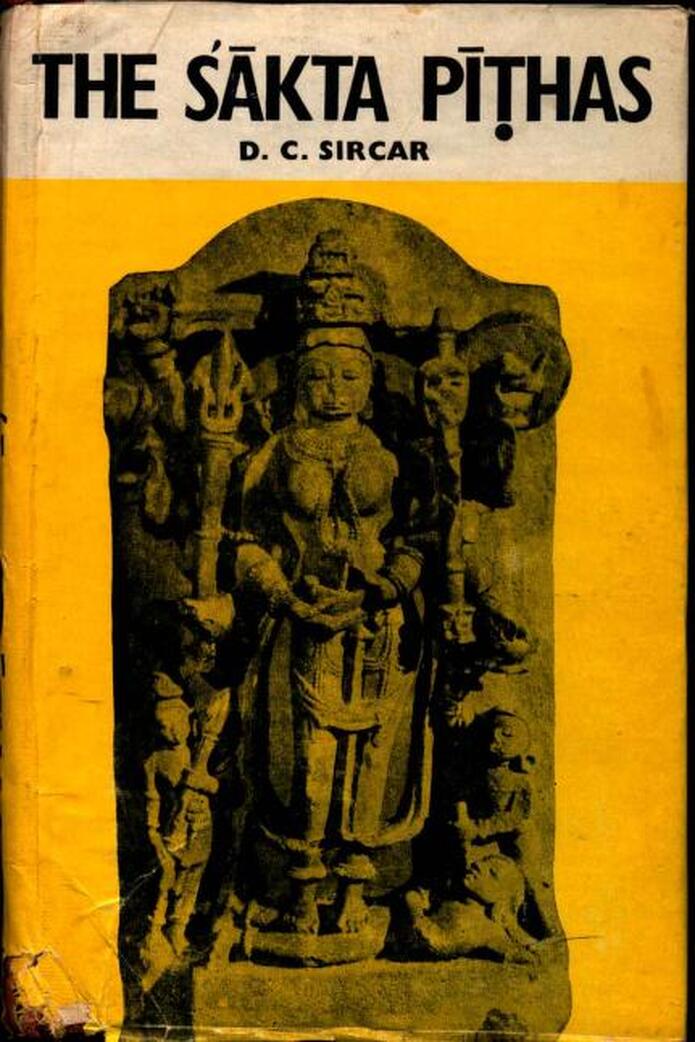
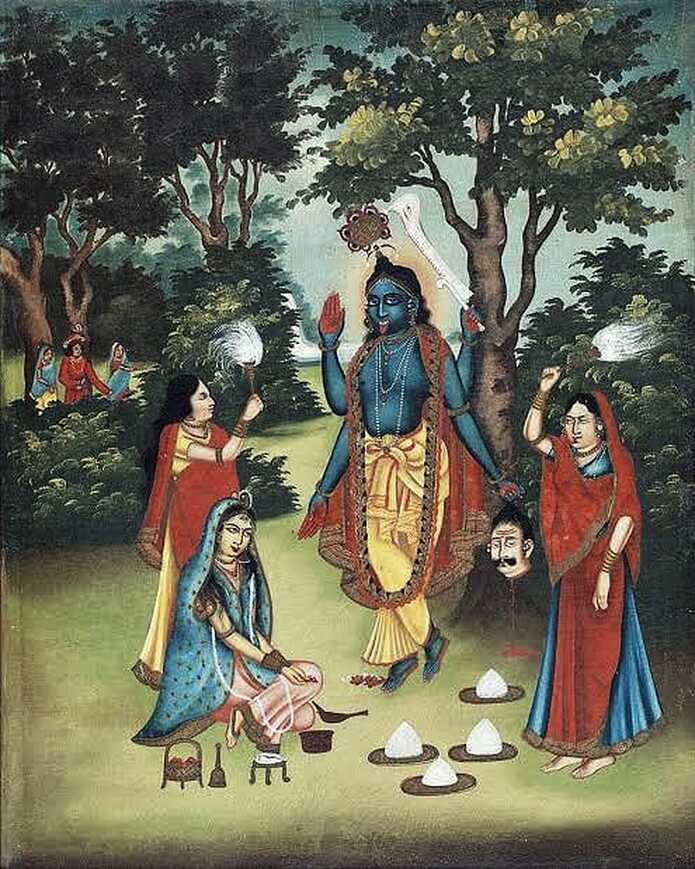
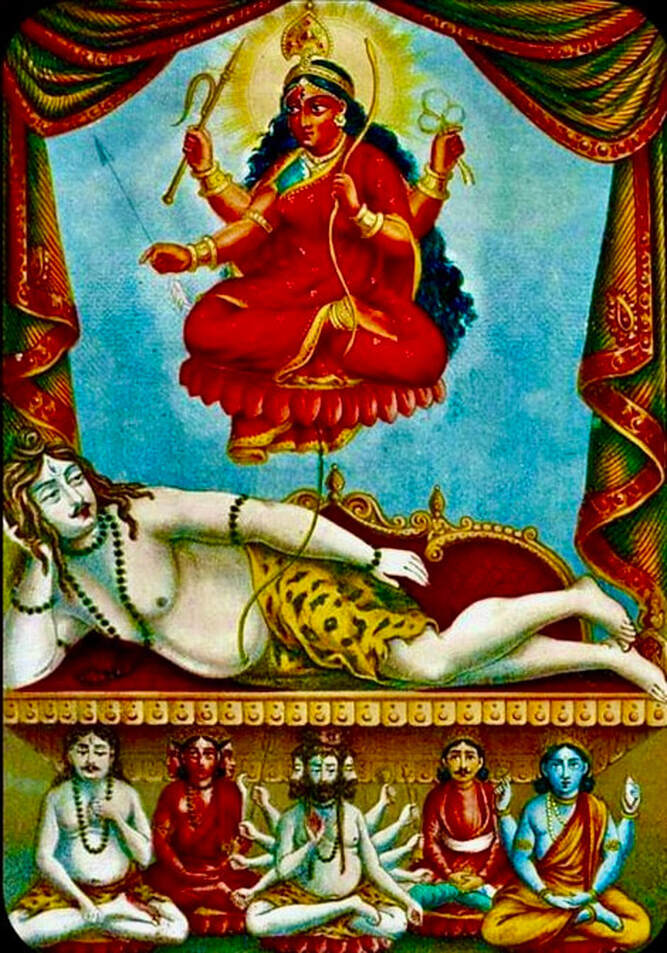
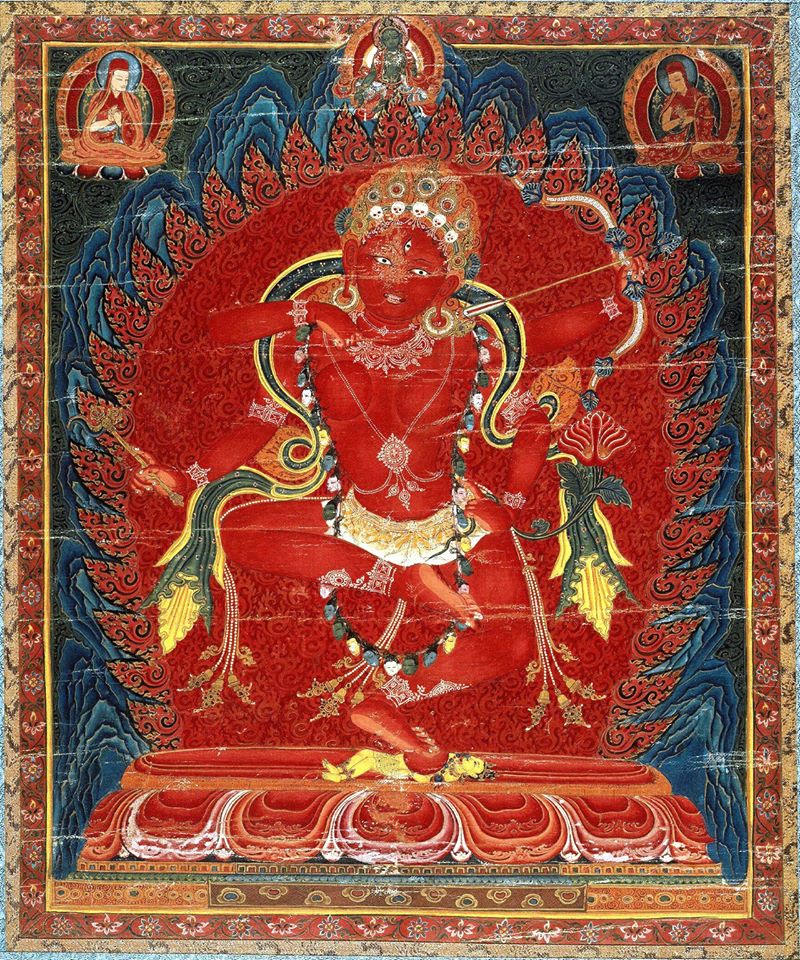
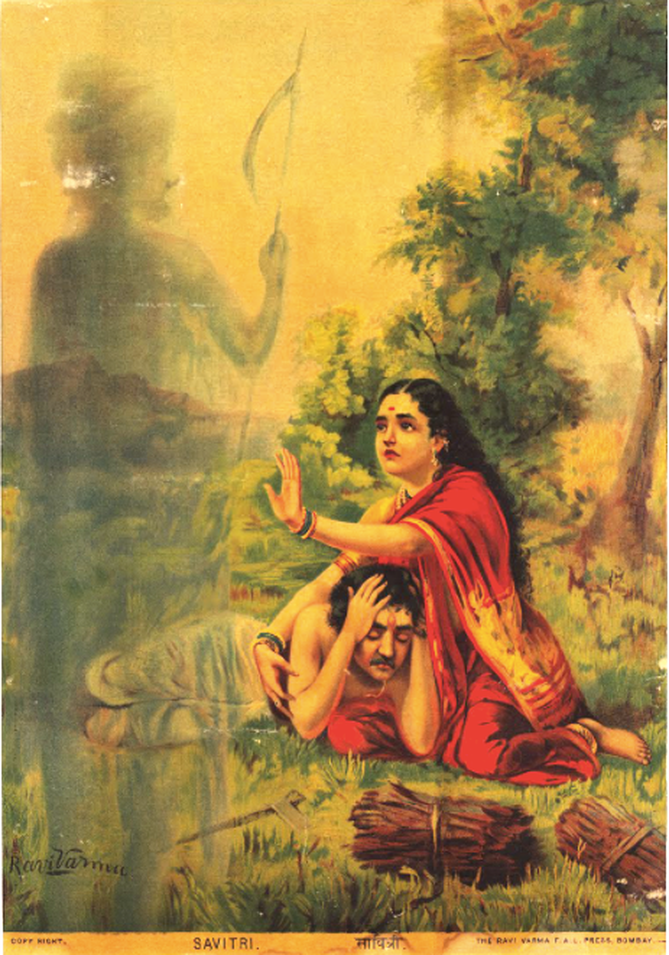


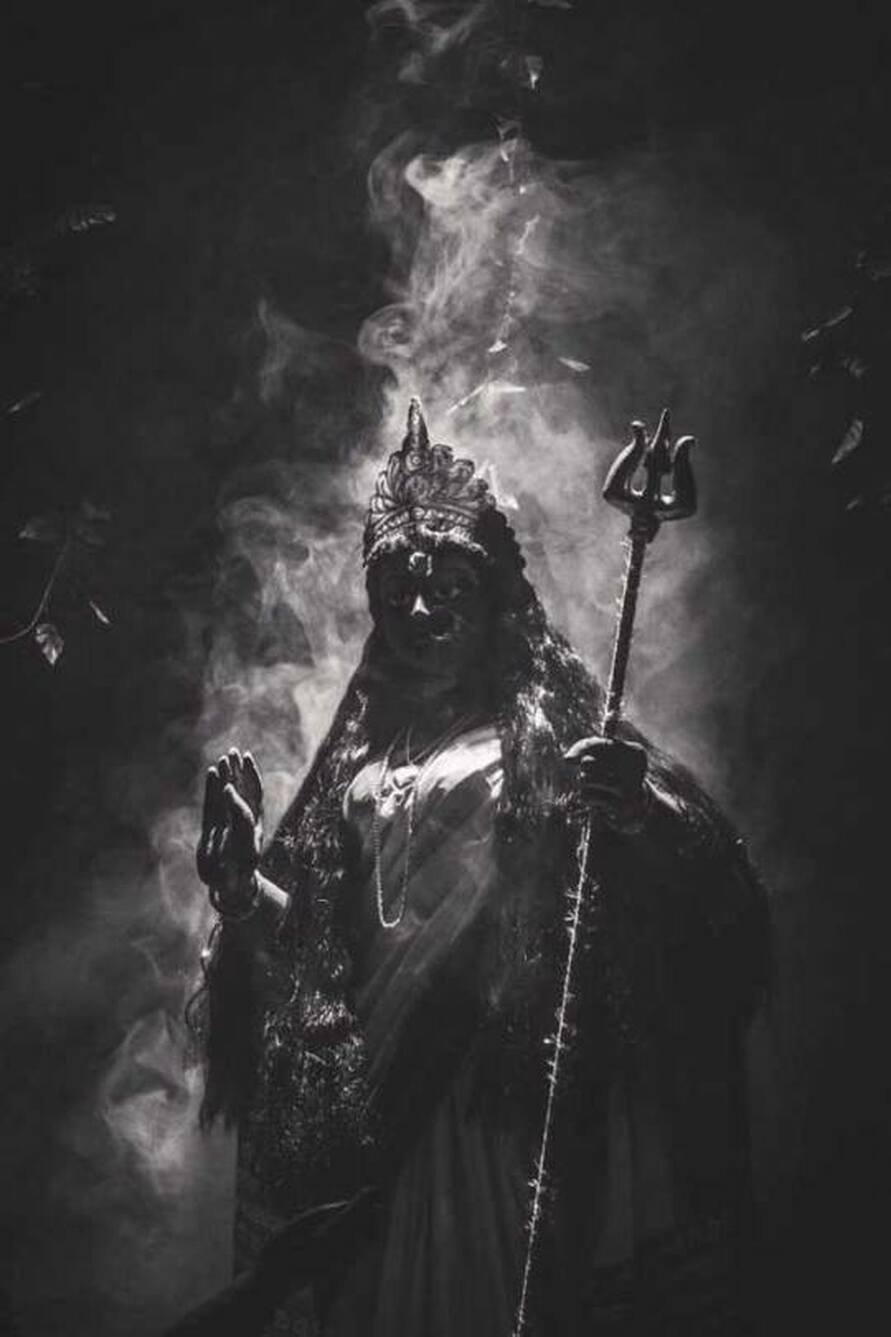
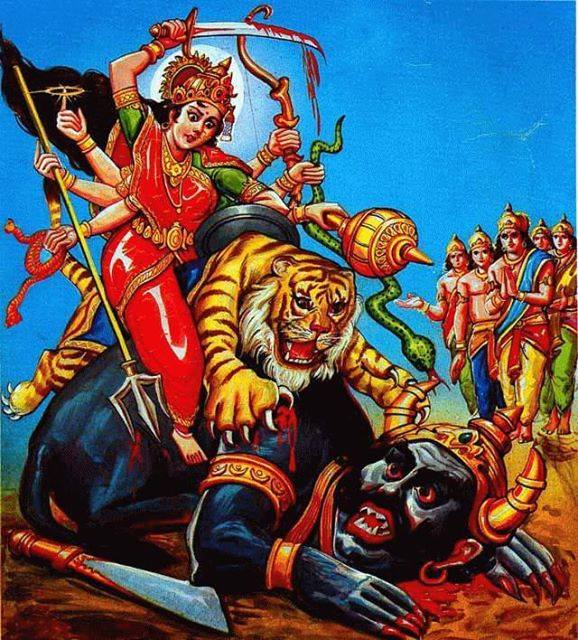
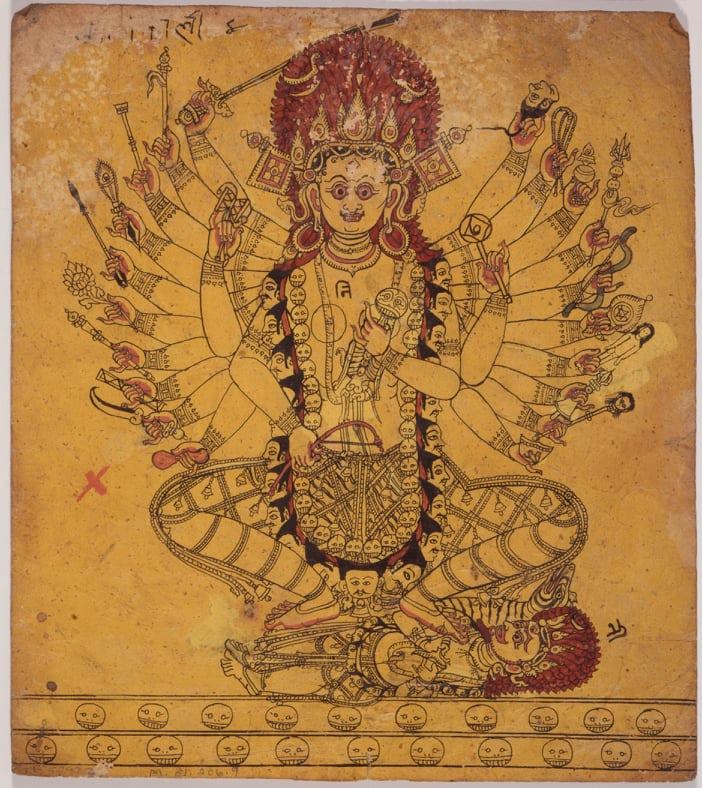
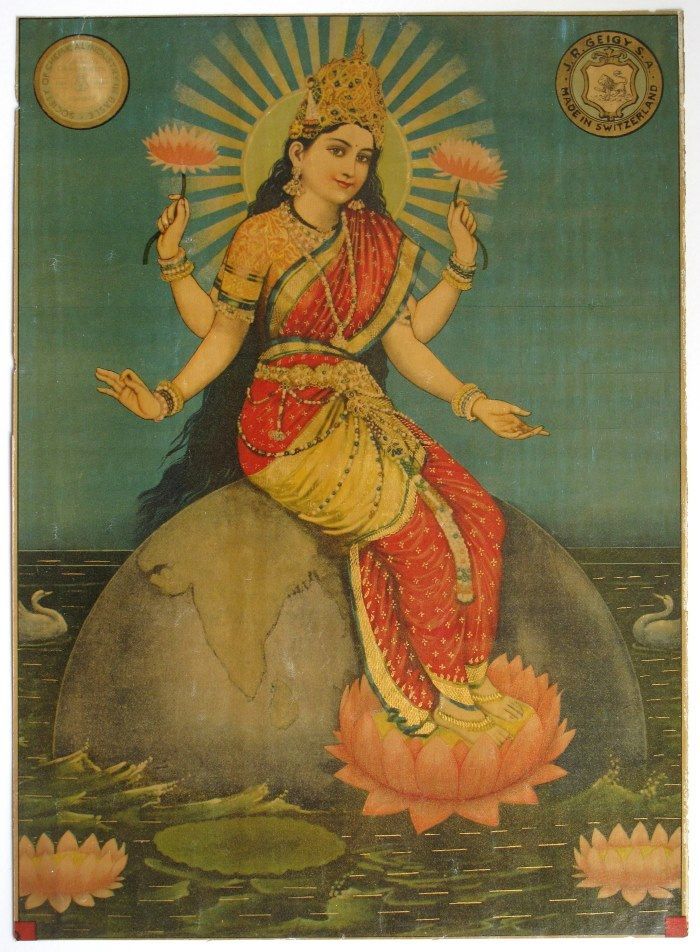
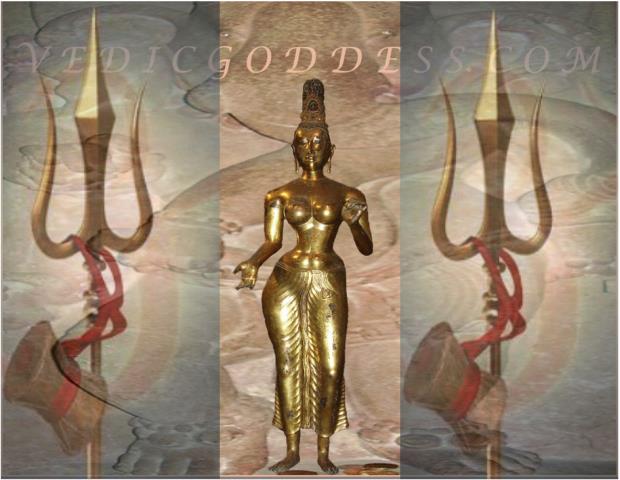
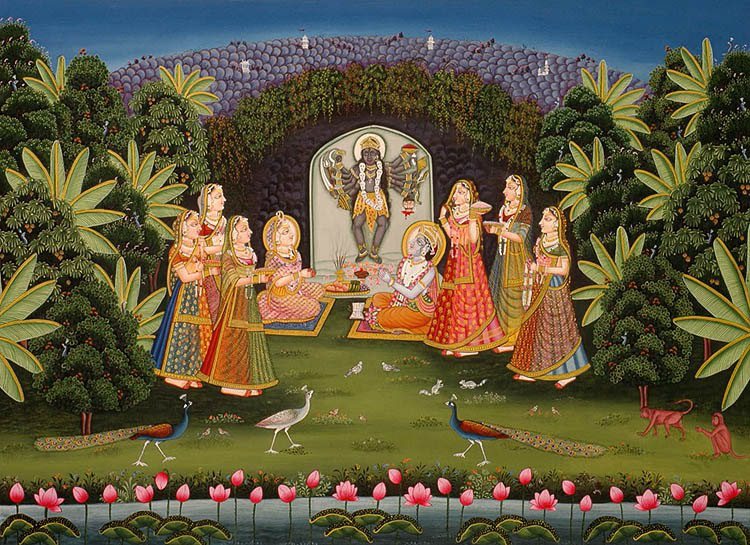
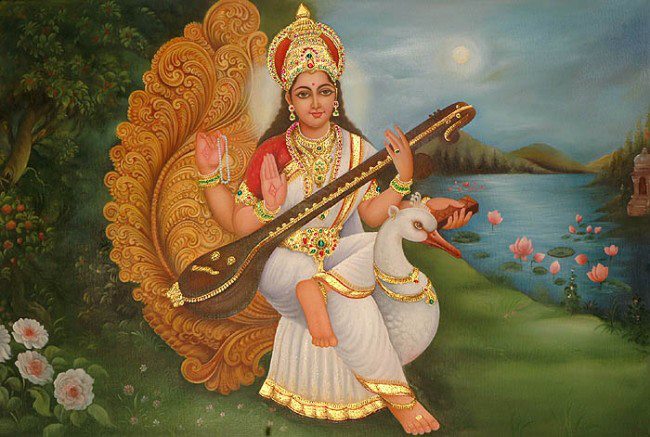
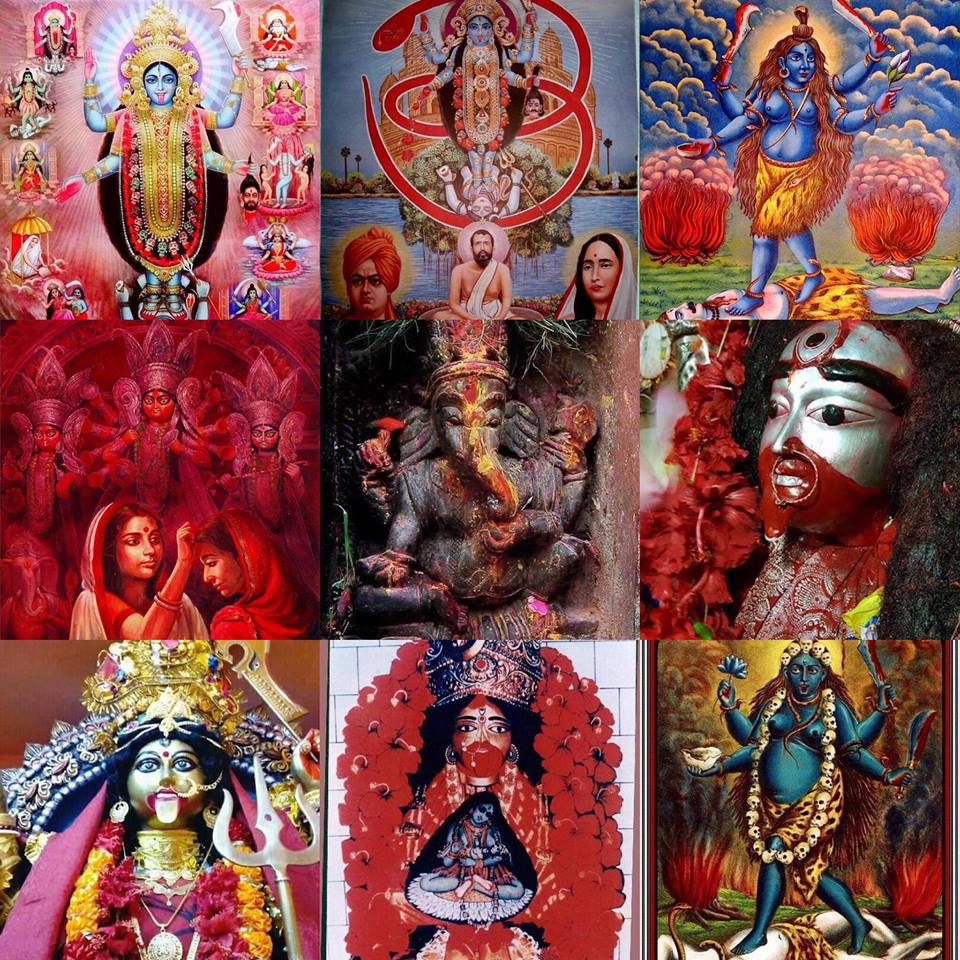
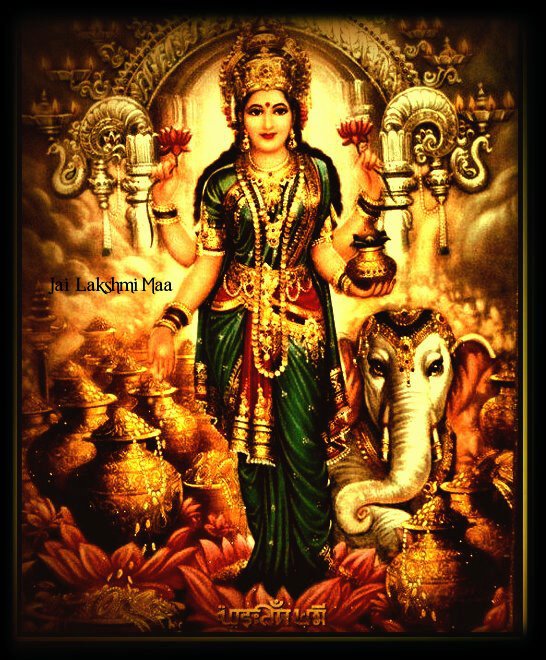
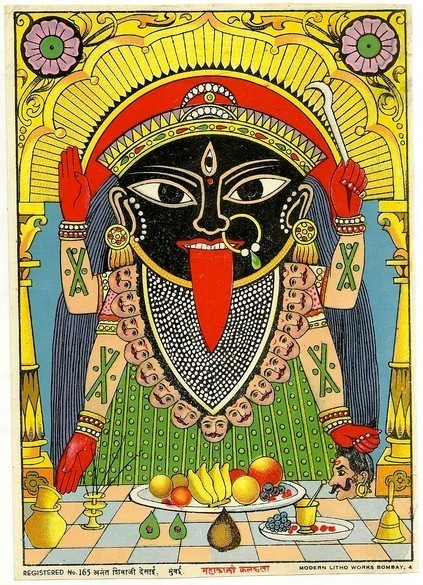
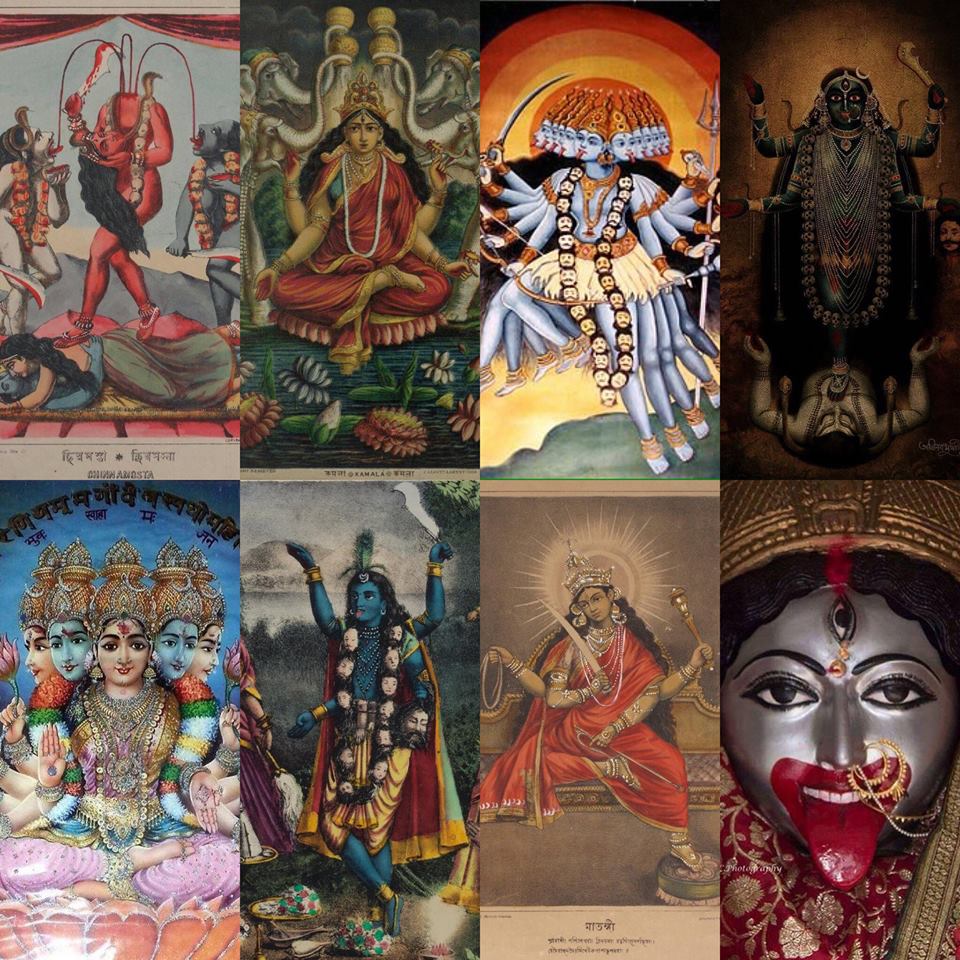
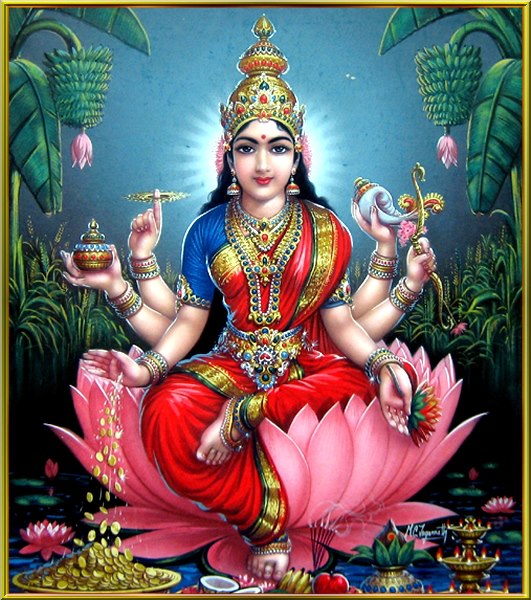
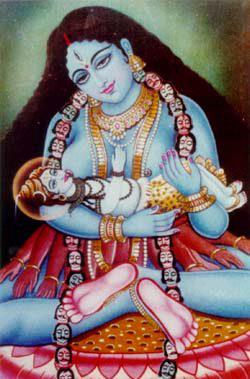
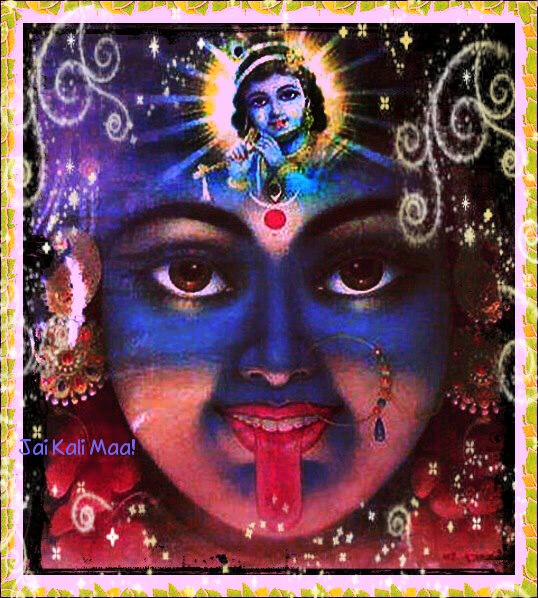
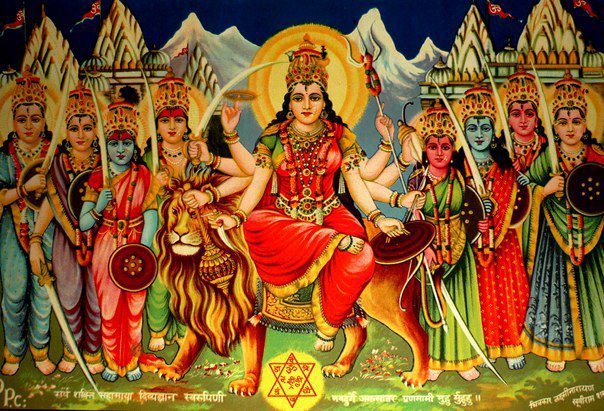
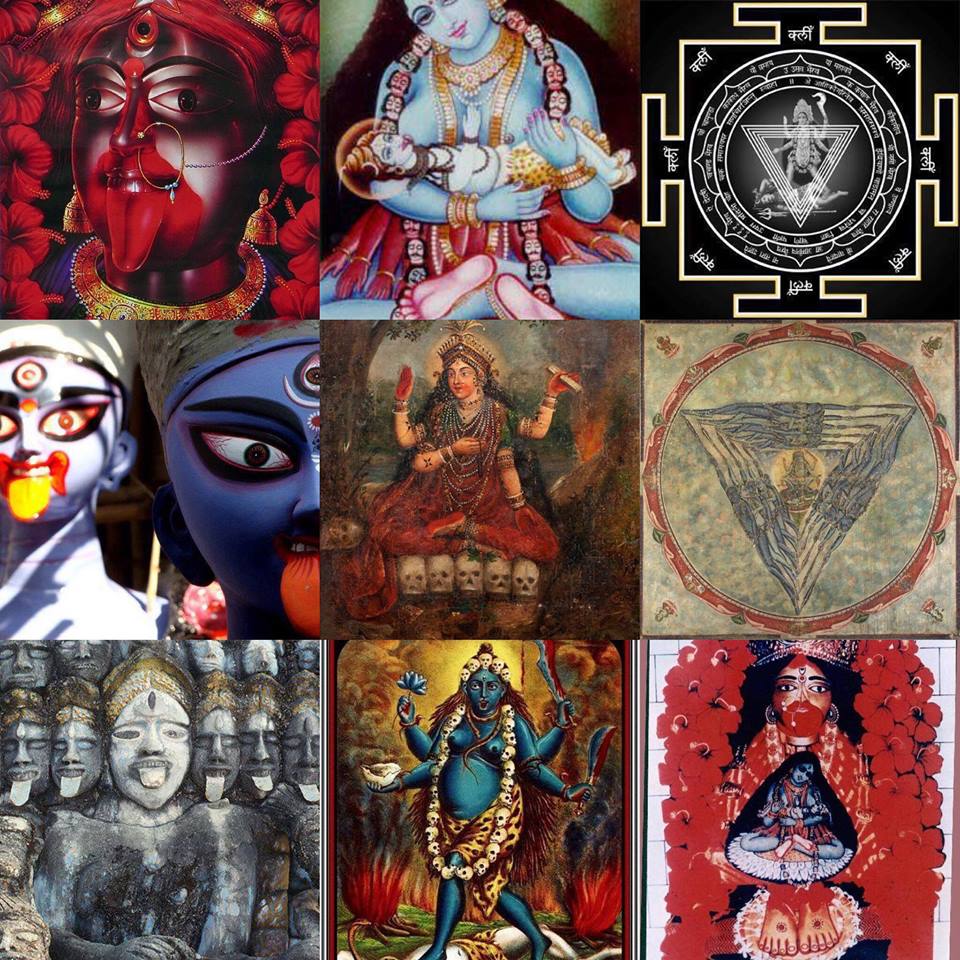
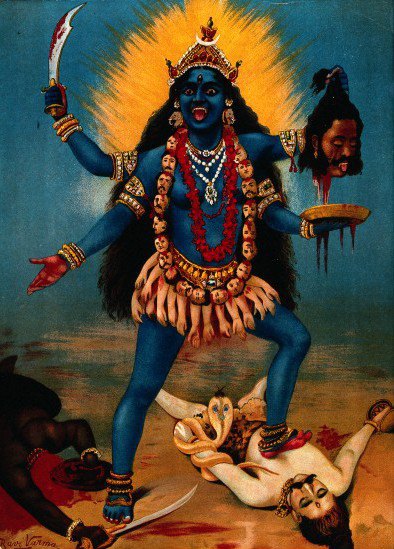
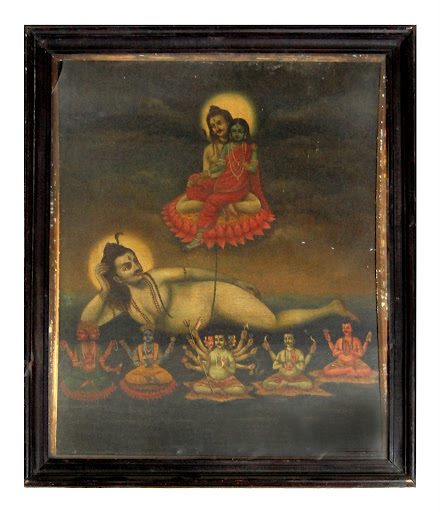
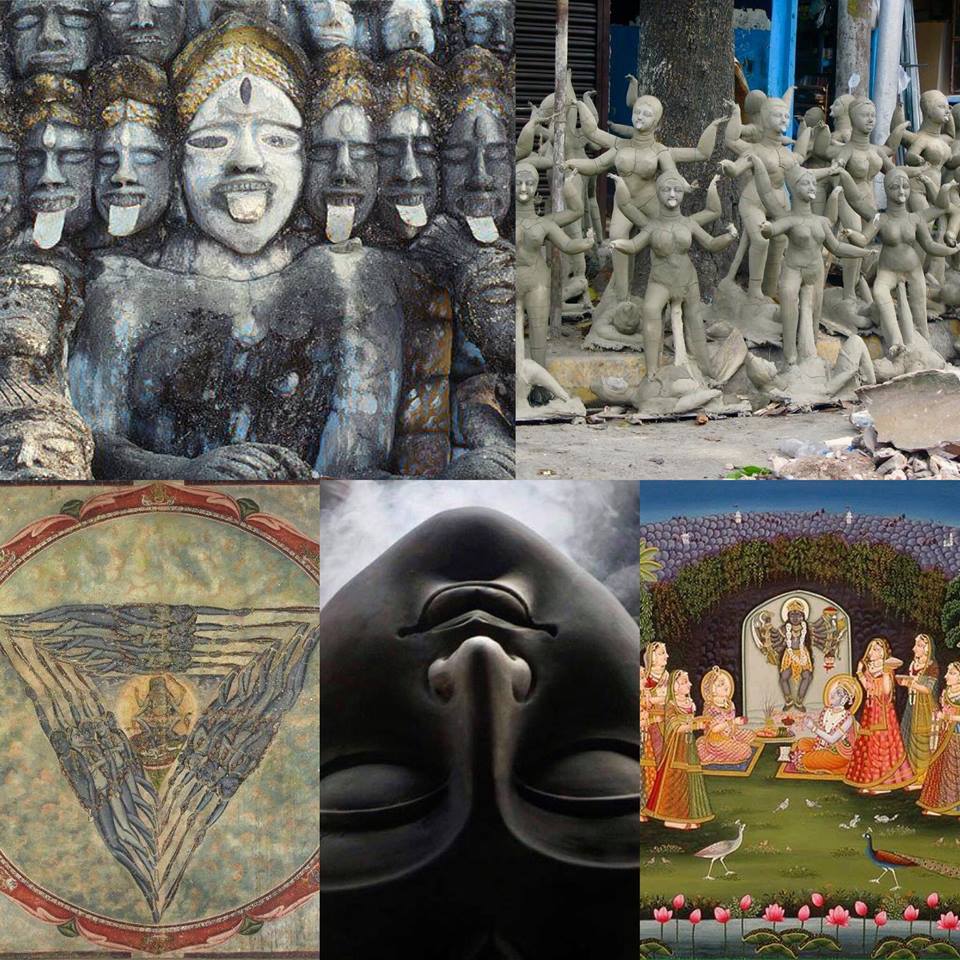
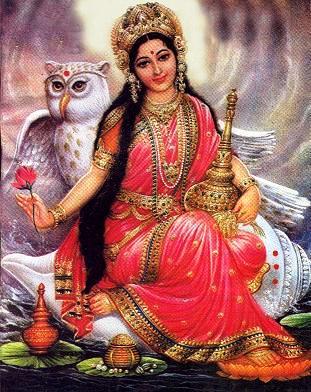
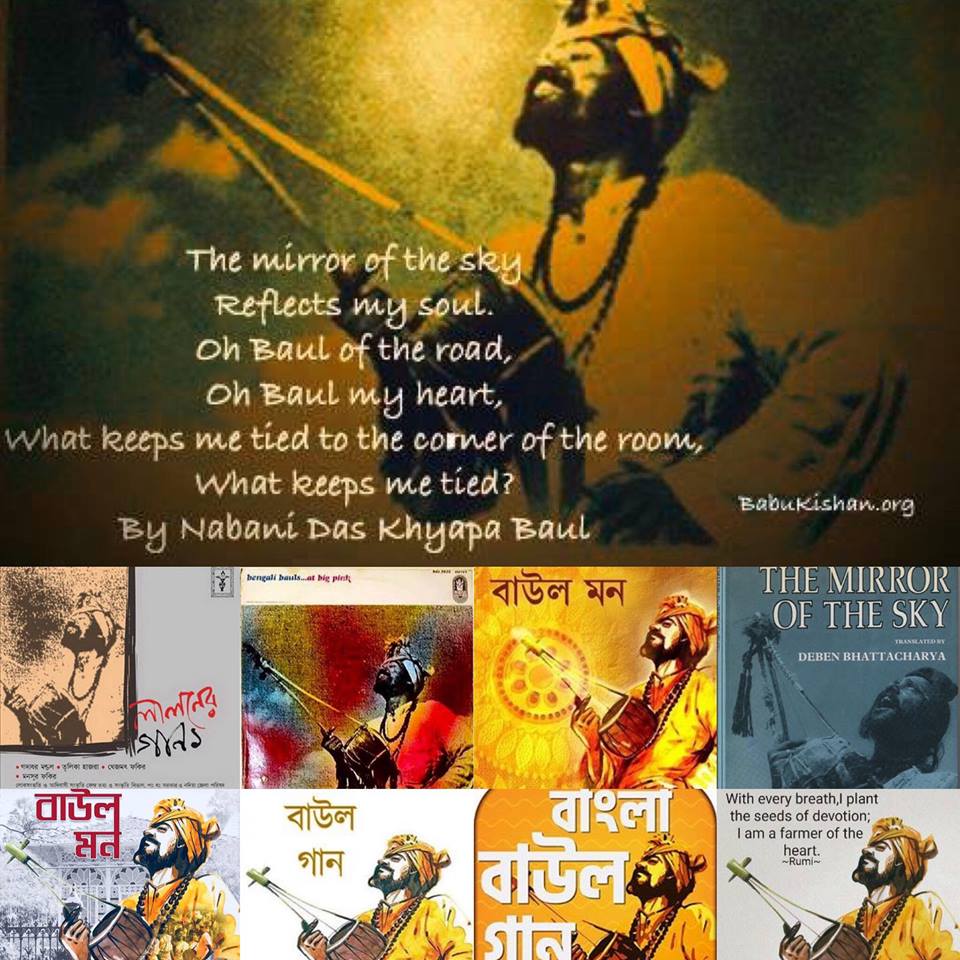
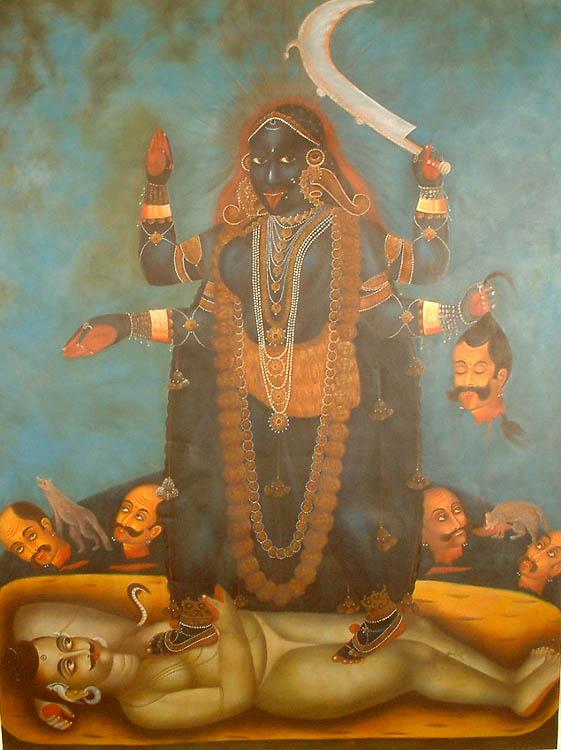
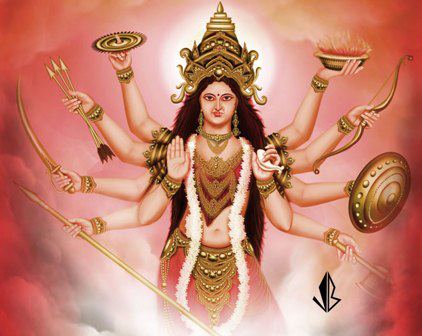
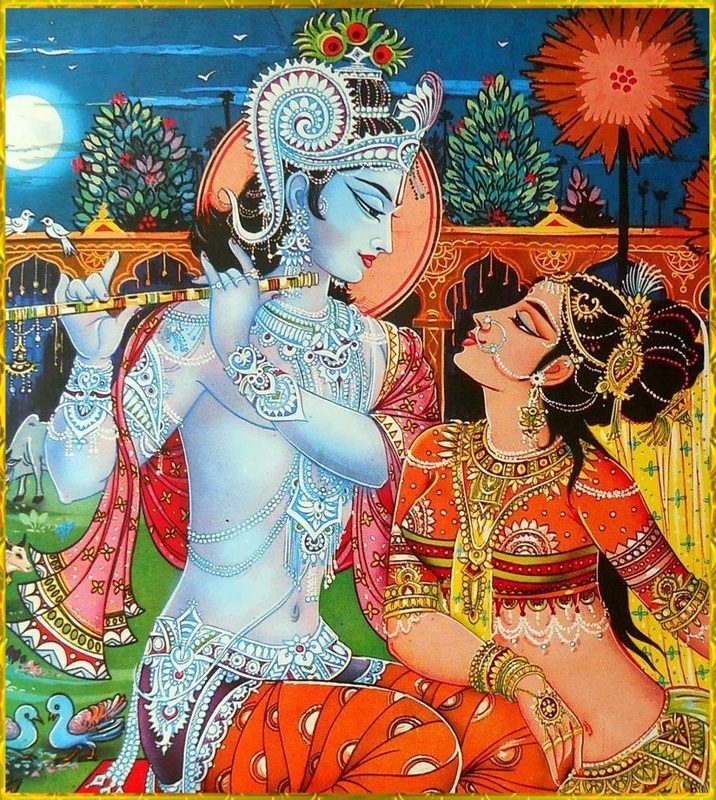
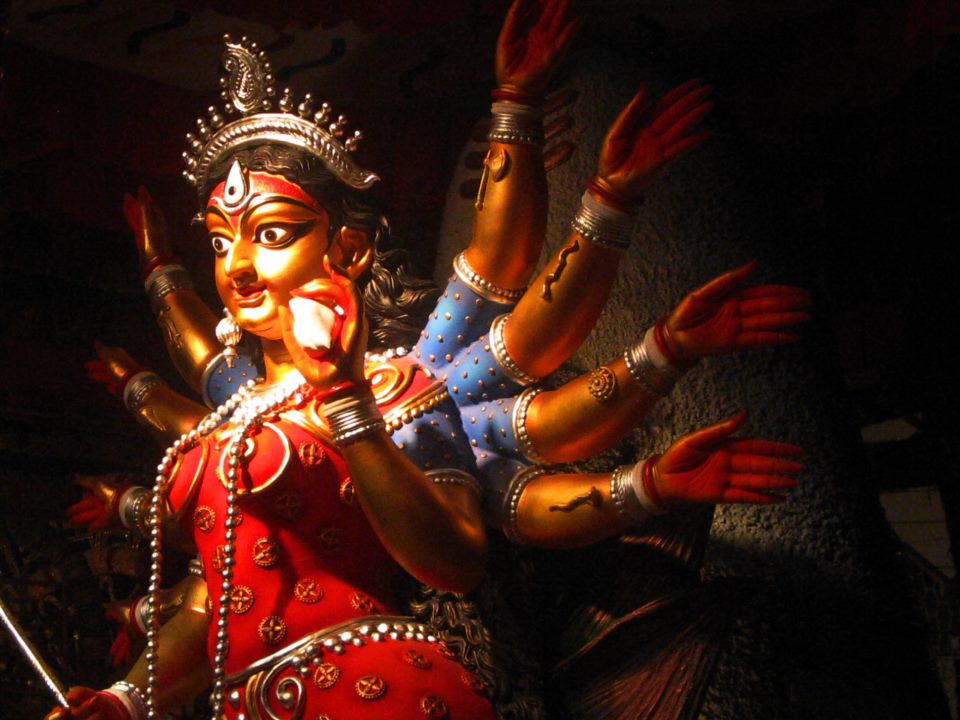

 RSS Feed
RSS Feed
